WHAT IS THIS ABOUT? If you haven’t been to El Bulli, here’s another chance.
It wasn’t all that long ago, perhaps a decade or so, that – it seemed to me – ingredients such as culinary foam, flavoured gels, and fake caviar were part of almost every modernist cuisine. In those days, “molecular techniques” like gelification and spherification, and concepts such as “deconstruction” and “reconstruction”, were innovative and creative, as was the use of substances like xanthan gum, liquid nitrogen and nitrous oxide. But what were once pioneering ideas have become normalised. Today, these ground-breaking concepts, developed in the El Bulli kitchen as a way of creating unique textures and flavours with an element of visual surprise are replicated all over the world, and often (mis)used as gimmicks.
Although Chef Ferran Adria has been pretty much phased out of the restaurant scene after permanently closing his restaurant (El Bulli) in 2011, there’s no doubt that his legacy was profound: his molecular cuisine revolutionised the gastronomy world. In fact, Ferran paved the way for many chefs to establish new cuisines, simply by applying his “molecular techniques” to any classic cuisines. Although the molecular trend has long disappeared from Europe, it’s recently started to become fashionable in Asia – as evidenced, for example, by the “X-treme Chinese Cuisine” of Alvin Leung (of Bo Innovation) and the “Progressive Indian Cuisine” of Gaggan Anand.
There’s a fair chance that you didn’t visit El Bulli as the restaurant had more than a million reservation requests every year. But if you did, it was probably one of the most memorable meals of your life. OK, so maybe the food wasn’t the most delicious in the world, but the unique “30+ course marathon”, prepared by a team of 100+ chefs, and showcasing the era’s most cutting edge cooking, was an amazing experience. It’s quite surprising that, after the closure of El Bulli, no-one really picked up the baton until the three disciples of Ferran (Mateu, Oriol, and Eduard, who all worked at El Bulli for more than a decade) finally opened Disfrutar in 2014. So, if you didn’t get a chance to visit El Bulli in its original incarnation, you’re in luck – here’s another chance to experience cutting edge molecular cooking at its best.
The name Disfrutar means ‘to enjoy’. And it’s a place that you could walk past without realising that you’re metres away from a dining room of 50 guests enjoying probably the world’s most sophisticated cuisine prepared by 30 kitchen staff and being served by 15 waiters. There’s also a ‘Research and Development’ team downstairs working on new menu items and techniques on daily basis! In short, it’s a very similar setup to El Bulli – similar concepts, similar menu, similar serviceware – and it even serves some exact replicas of classic El Bulli dishes. For that generation of gastronauts who missed out on the “El Bulli era”, this place is a must-visit – an almost perfect re-creation of the original concept.
HOW IS THE FOOD? Molecular cuisine can be both fun and delicious.
There are several choices of menu, and if you go for the longest tasting menu – which showcases a mix of classics and new creations – you’re guaranteed a meal full of surprises. It began with a solid version of minty passionfruit and rum “cocktail”, followed by a delicate pearl of gin served on a rose petal. This was followed in turn by a sphere of aerated beetroot magically appeared from a bowl of sesame. One thing’s for sure: the meal was full of unusual textures, such as an ultra-thin mandarin flower wafer, a crunchy gazpacho cold sandwich – and even a spray of 25-year-old balsamic vinegar! There were also nibbles that offered unique sensations, including a fake olive that exploded with (olive) oil, a sophisticated parmesan which had been made into foam before being deep fried and then dehydrated – resulting in a mouthfeel that was simultaneously crispy but airy!
If you’re drawn to unfamiliar presentations of familiar food, you’d enjoy this ceviche course – a great example of deconstruction. It was a red pepper sorbet, soaked in monkfish cream and tigernut milk, and garnished with coriander oil and gel of lime, ginger and onion. True, it doesn’t look like any ceviche you’ve ever had before, but once you’ve mixed the components, it tastes just like you’d expect – a perfect ceviche.
Deconstruction is one thing, reconstruction another: unfamiliar food presented in a familiar way. In fact, the concept of reconstruction was a main theme of the meal. Take, for example, a raspberry made from lychee. Or take what seemed to be a simple penne, toasted with carbonara sauce and shaved Parmesan Reggiano. Actually, it wasn’t a simple penne at all – it was translucent penne! Made from Iberico ham broth, it had been combined with gelatin before being pushed through a tube, and allowed to set before being slicing into “penne”. The carbonara was unusually foamy too – it was truly a fun and delicious plate of “pasta” with a nice hint of ham!
Another deceptive plate was “noodle” in suquet (Catalan seafood stew) made with langoustine bisque. Of course, it wasn’t really noodle, but sea cucumber which had been shredded to mimic strands of noodle! It had a lovely texture, with a powerful shellfish flavour from the bisque. Delicious! The second part of this suquet course was the langoustine itself. Here, you see – unlike previous “molecular places” I’ve experienced – you don’t get merely sauce and flavouring, you get real food, and properly cooked too! They use extremely fresh seafood, cooked in a way that leaves that freshness undiminished. The third, and final, part of this amazing course was a cappuccino of suquet. An incredibly flavourful finish!
And they’re not afraid to use luxury ingredients, either. This Panchino (inspired by the Chinese bao) was filled with beluga caviar! The bao itself was perfectly done – a crispy surface with a warm fluffy center. To me, the crucial element of this particular nibble was the sour cream centre, which perfectly balanced the burst of sea saltiness from the tiny sparkles of caviar. It was a course which hit top score in all 3 Ts: Texture, taste, and temperature! I’ve experienced many versions of the Chinese bao in my life, but never one with Beluga!
Given the complexity of the menu, you can understand why they need a big kitchen team – all of whom are on their feet non-stop throughout the 3-hour meal (and they start at 6am in the morning). Most of the courses came in various preparations. For example, Egg & Mushroom was served in three different combinations: (a) deep fried egg with a runny yolk, (b) on a shell filled with black trumpet, and (c) jelly and (dry ice steamed) translucent mushroom dumpling on the side. Also, the hare course also came in multiple preparations: (a) consommé infused with orange and tarragon finished with Armagnac spray, (b) hare liver garnished in silver leaves, (c) hare breast served in laksa (spicy noodle soup), and (d) hare blini with a runny sauce in the centre! No wonder it requires a whole day of such a big team to prepare this menu.
The corn & pigeon perfectly demonstrated a new technique invented by our trio of chefs. It was a tatin of liver topped with cream of corn which had been processed by a multi-spherification technique. The resulting look was almost identical to corn!
The menu also contained sets of ingredient-themed nibbles. For example, there was a sequence of bites prepared using different stages of almond, from the “fruit” version (when it’s still a translucent jelly-like texture) to its familiar mature nutty form, prepared in almond milk and almond oil. Or, again, there was a dessert of pistachio in 24 different forms – sorbet, soup, powder, gel, mousse, jelly, oil, salt roasted, caramalised, brioche, nougat, cookie. . . you name it! Food can be very fascinating when presented in this way and this is what a true tasting menu should be – to admire different forms of the same ingredient. Jaw-droppingly incredible really!
The meal ended with an elaborate selection of desserts which I couldn’t have expected less at this point. It began with a deconstructed whisky tart which you ate with your hands, after rubbing them in whisky, so that you can sniff the aroma as you eat. The selection also included pandan coconut cloud, cherry cheesecake cornetto, coffee Swiss roll and nibbles of caramelised egg yolk with hazelnut and coffee. For the finale, a 2ft tall pot of cotton was brought out to the table! It was “cotton candy”, dusted in cocoa. I knew they would finish with a WOW!
HOW WAS THE EXPERIENCE OVERALL? A thought-provoking and palate-stimulating experience.
I was very impressed at this meal to say the least! It must be incredibly difficult to run a kitchen capable of delivering a complex tasting menu of 30+ dishes to 50 diners within 3 hours. After all, that’s 1500 items in total! To make things even more complex, not everyone has the same menu – there’s a choice of Classics or Seasonal, or a mix of both! Everyone involved has to be meticulously careful in every step of their work to make it happen. What a stunning show! This must be the most sophisticated and labour intensive kitchen on earth!
I think “El Bulli” has not only been reborn, but is even better than it was before! These alumni of the El Bulli have set a new benchmark of molecular gastronomy. They will make Chef Ferran proud! El Bulli was all about experimentation. And, as with all experimentation, for every successful dish came with many failures. However, at Disfrutar, they only deliver dishes that works. Anyone who says that molecular cuisine is all about gimmicks, or style over substance, or that it has no respect for the ingredients is plain wrong: if it’s done right, molecular cuisine can be both fun and delicious. This is what a true tasting menu is all about – a thought-provoking and palate-stimulating experience via food.
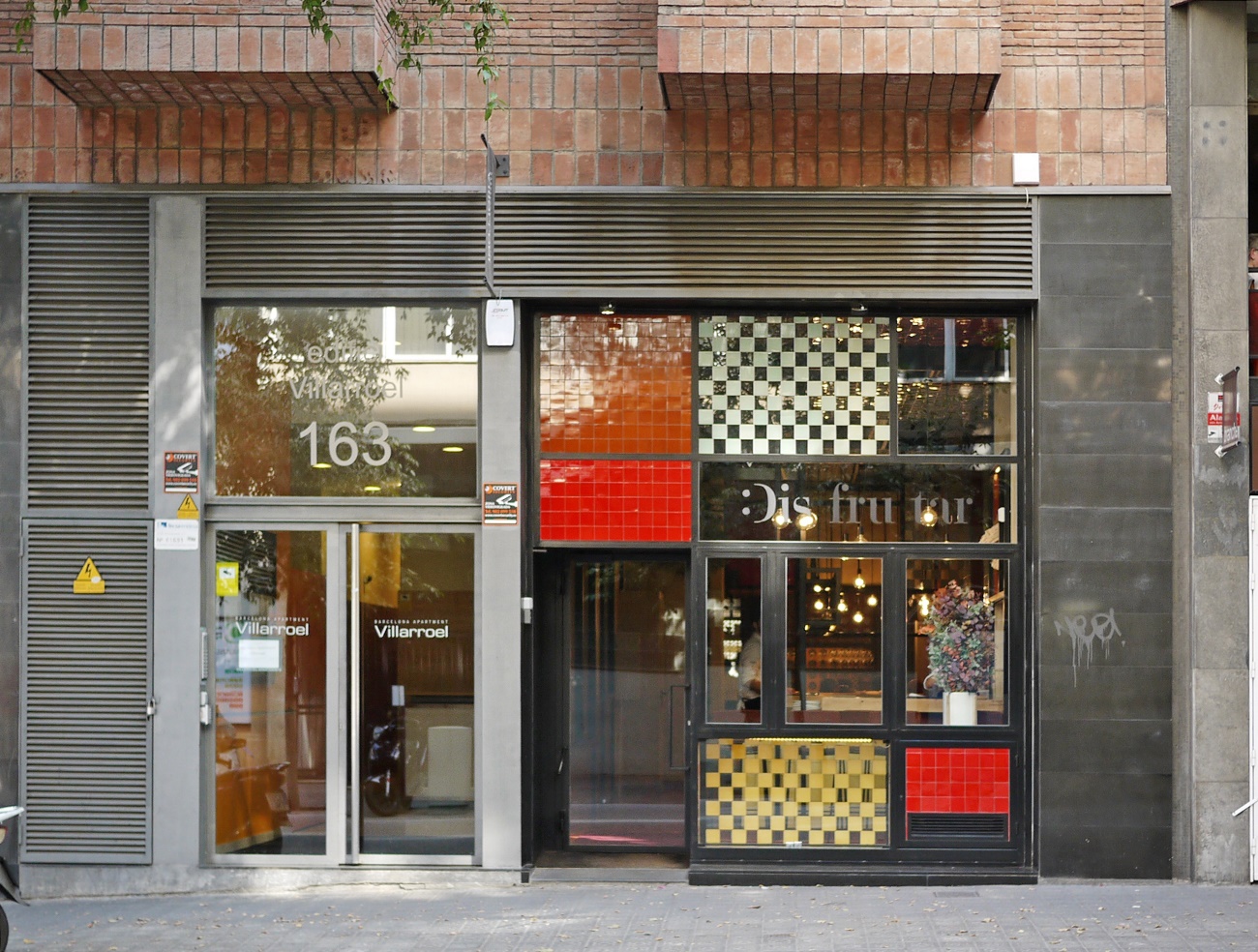
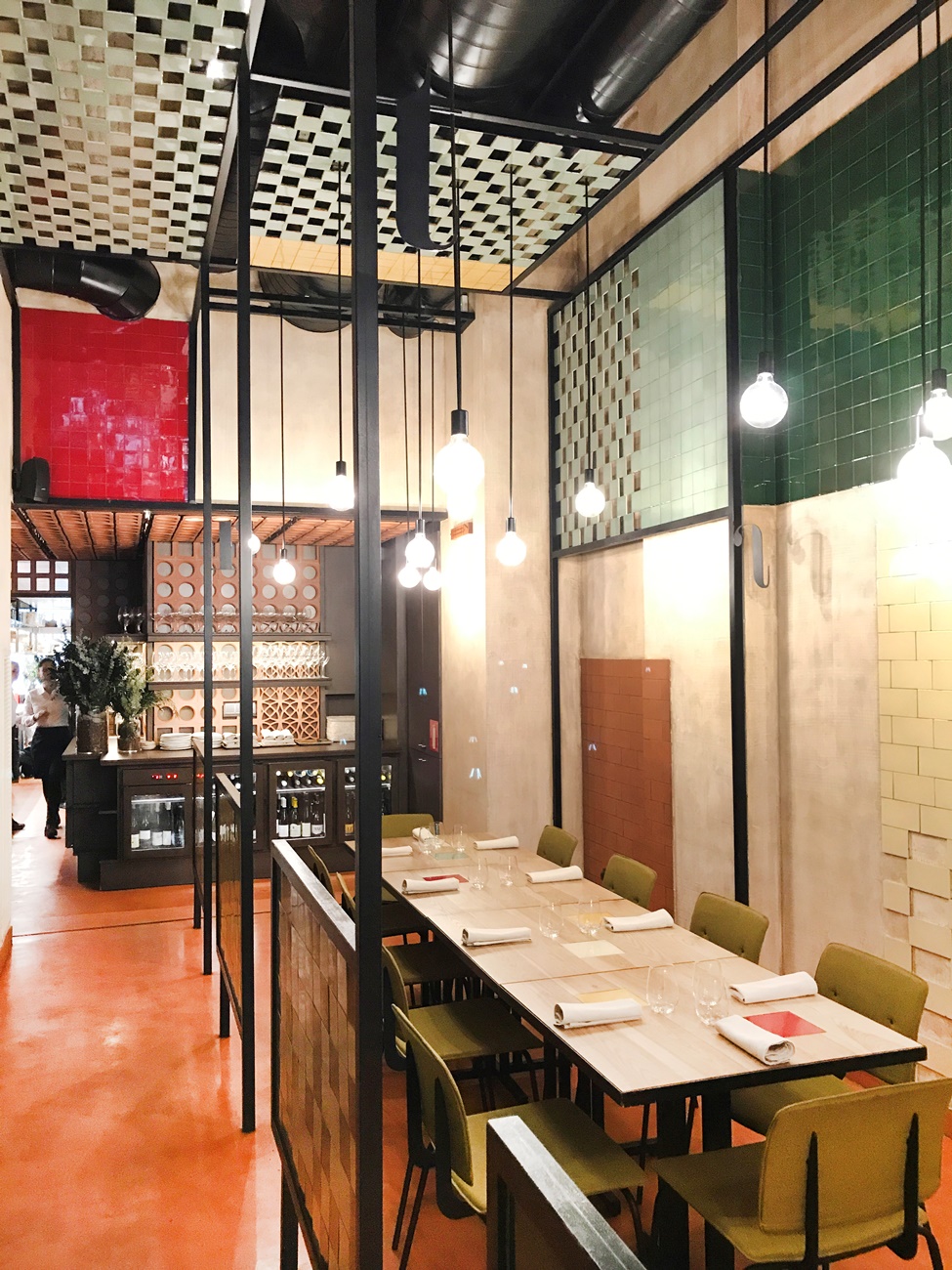
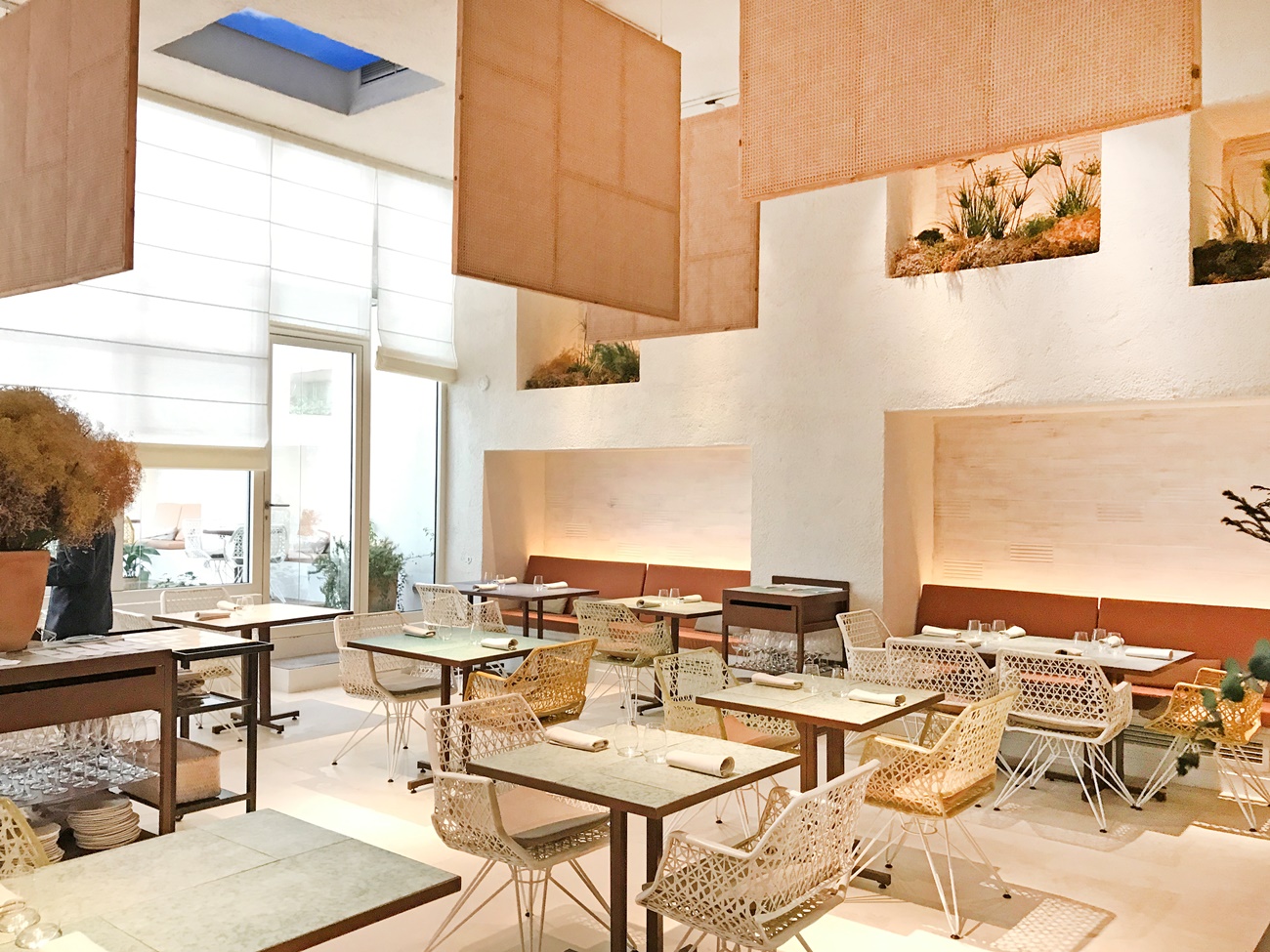

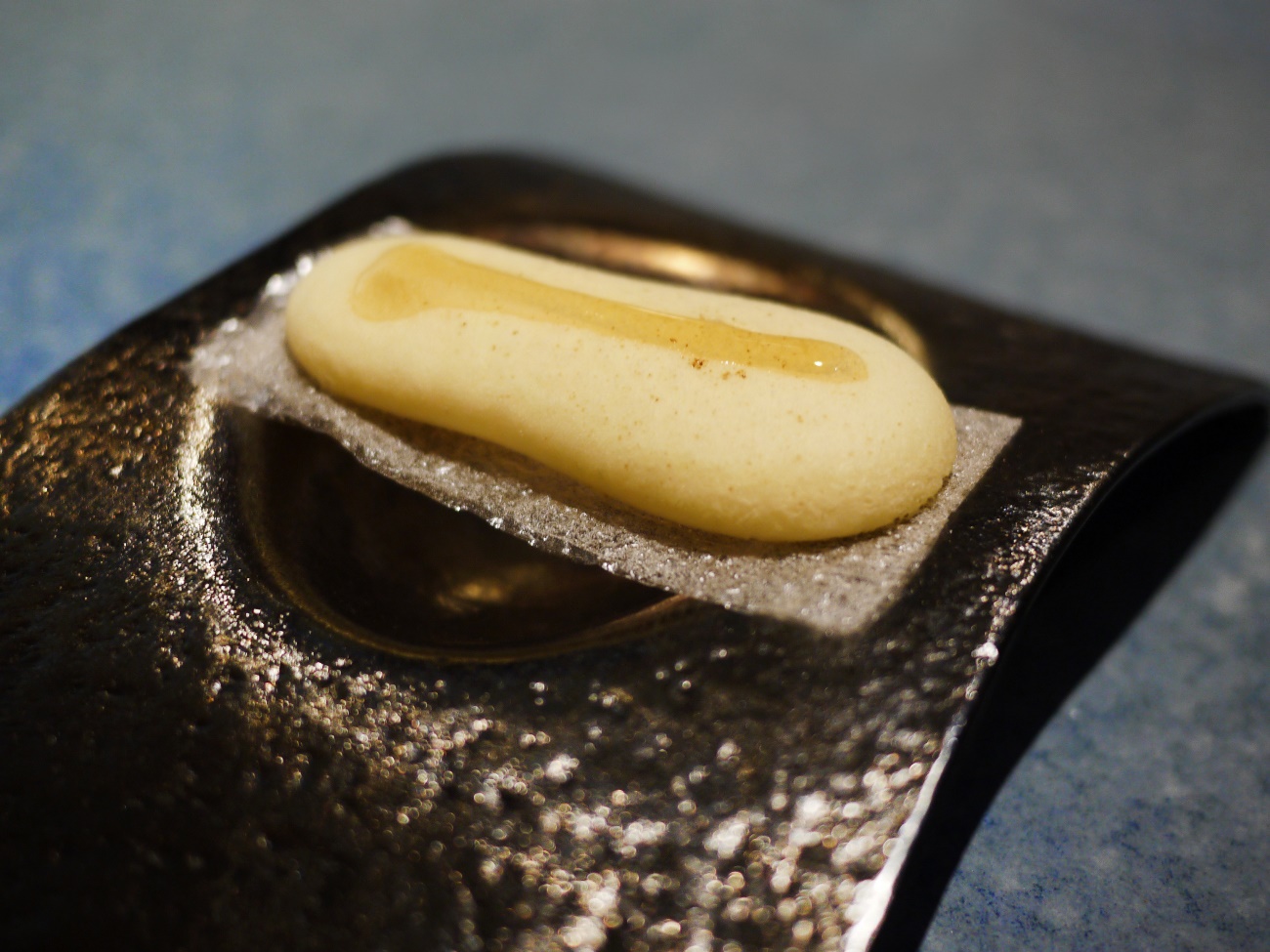
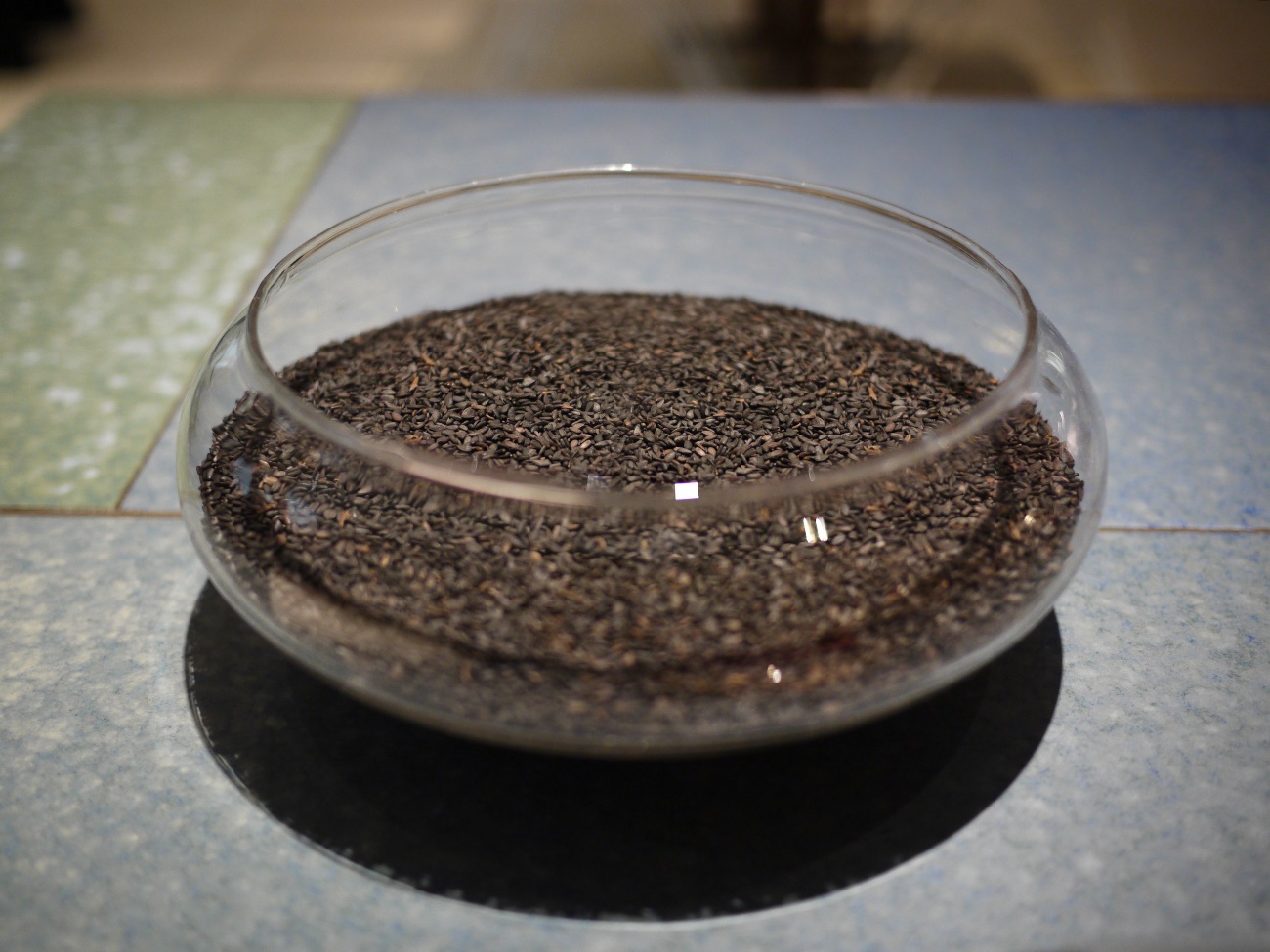
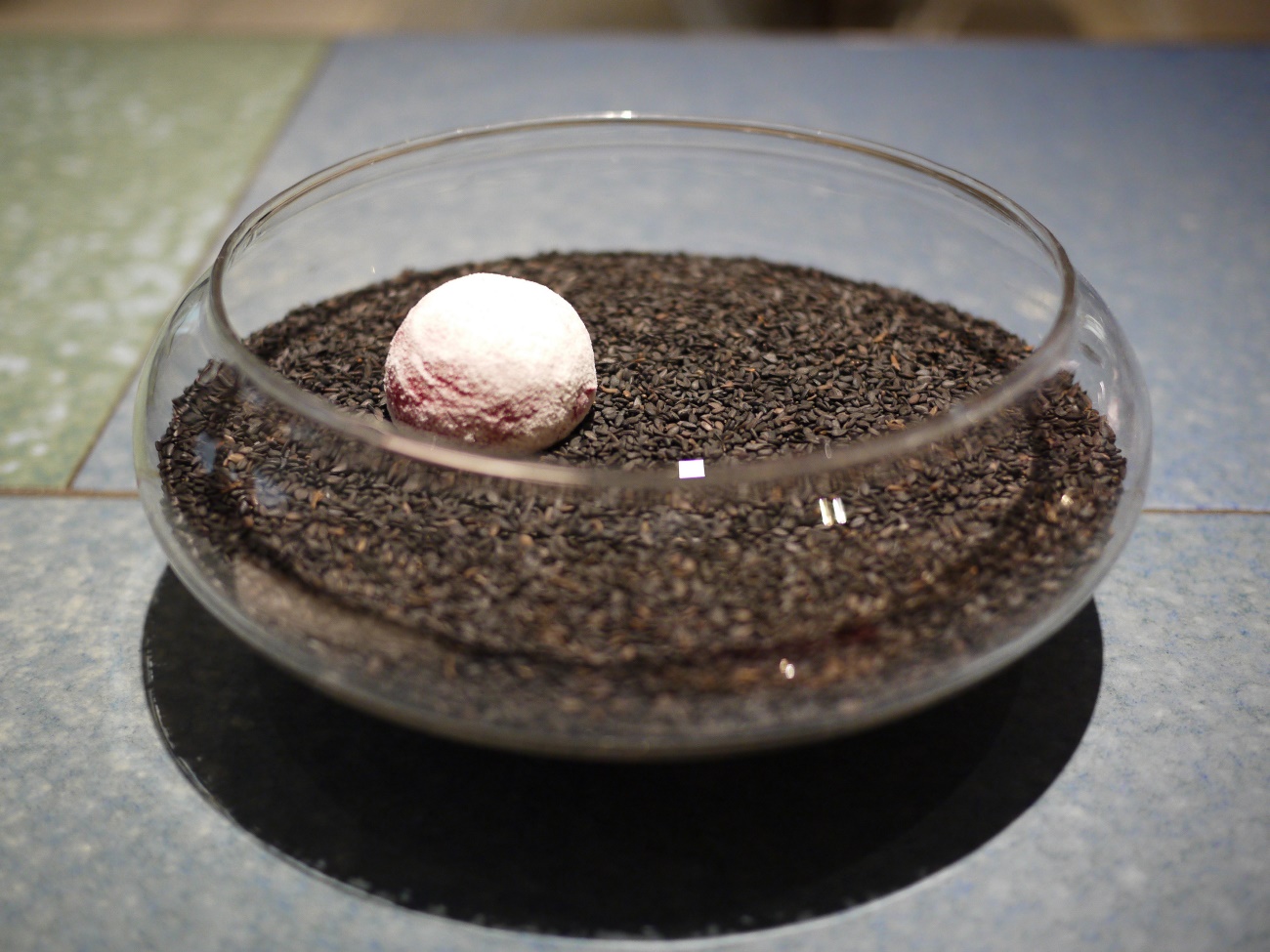
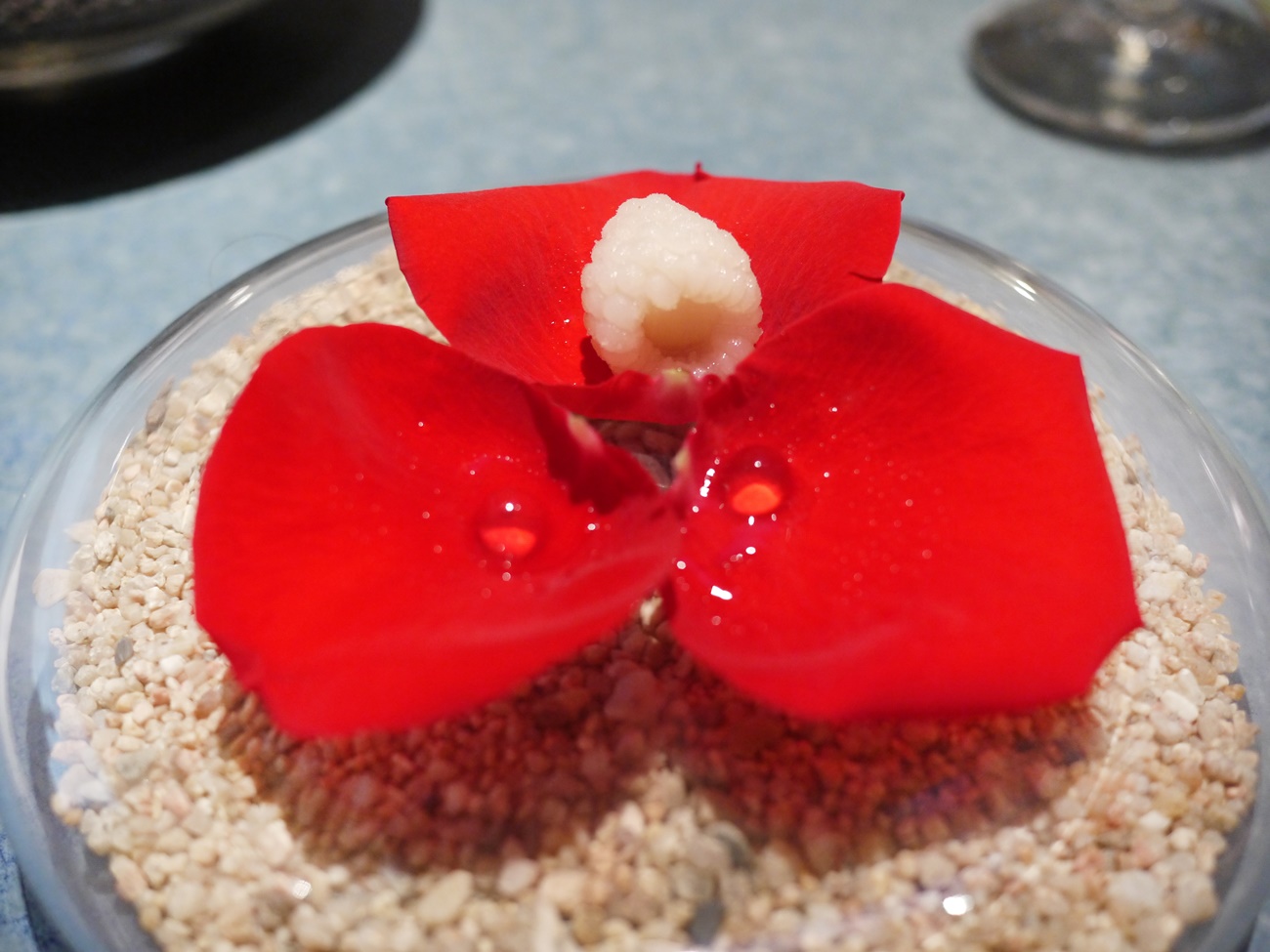
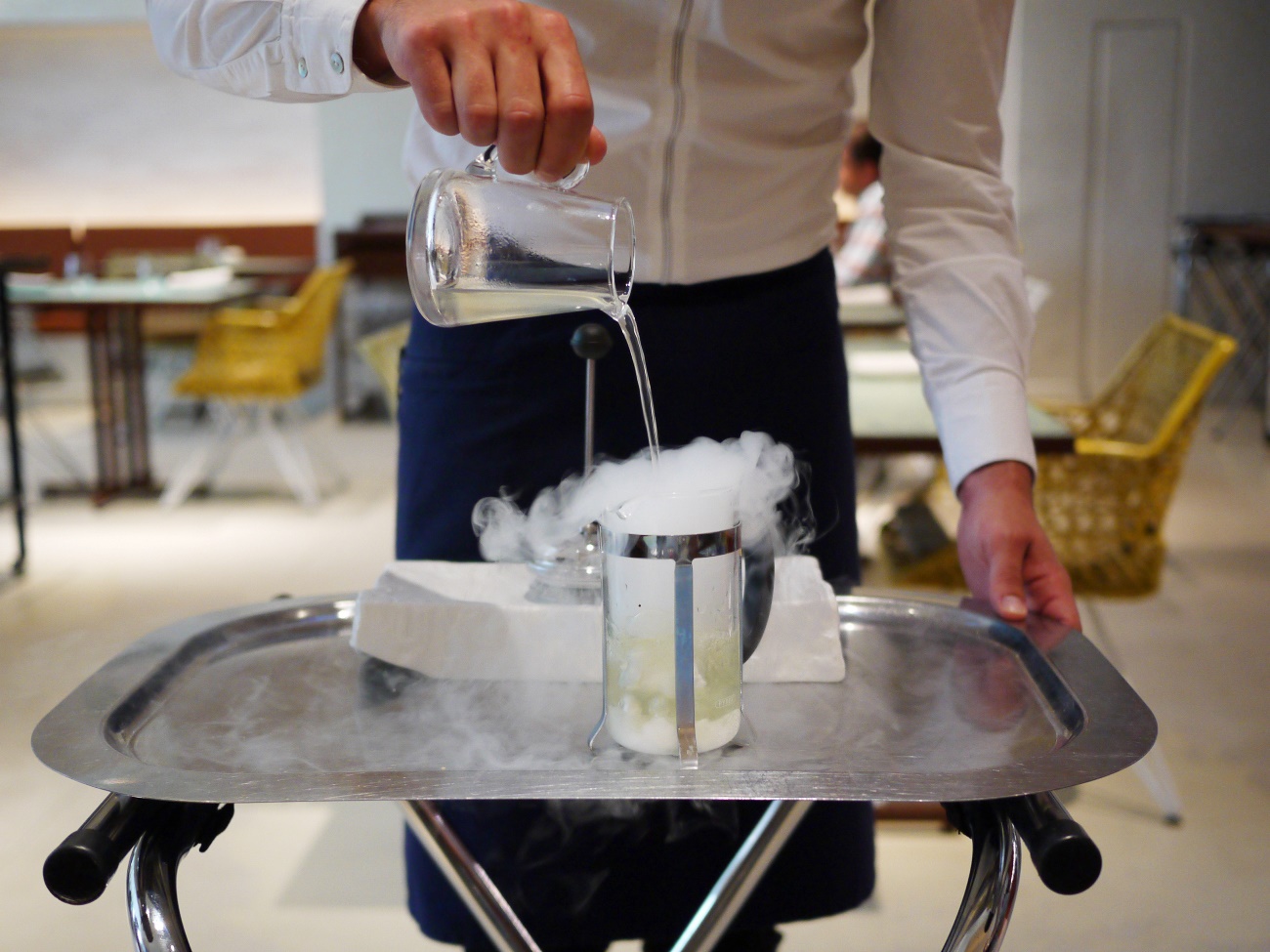
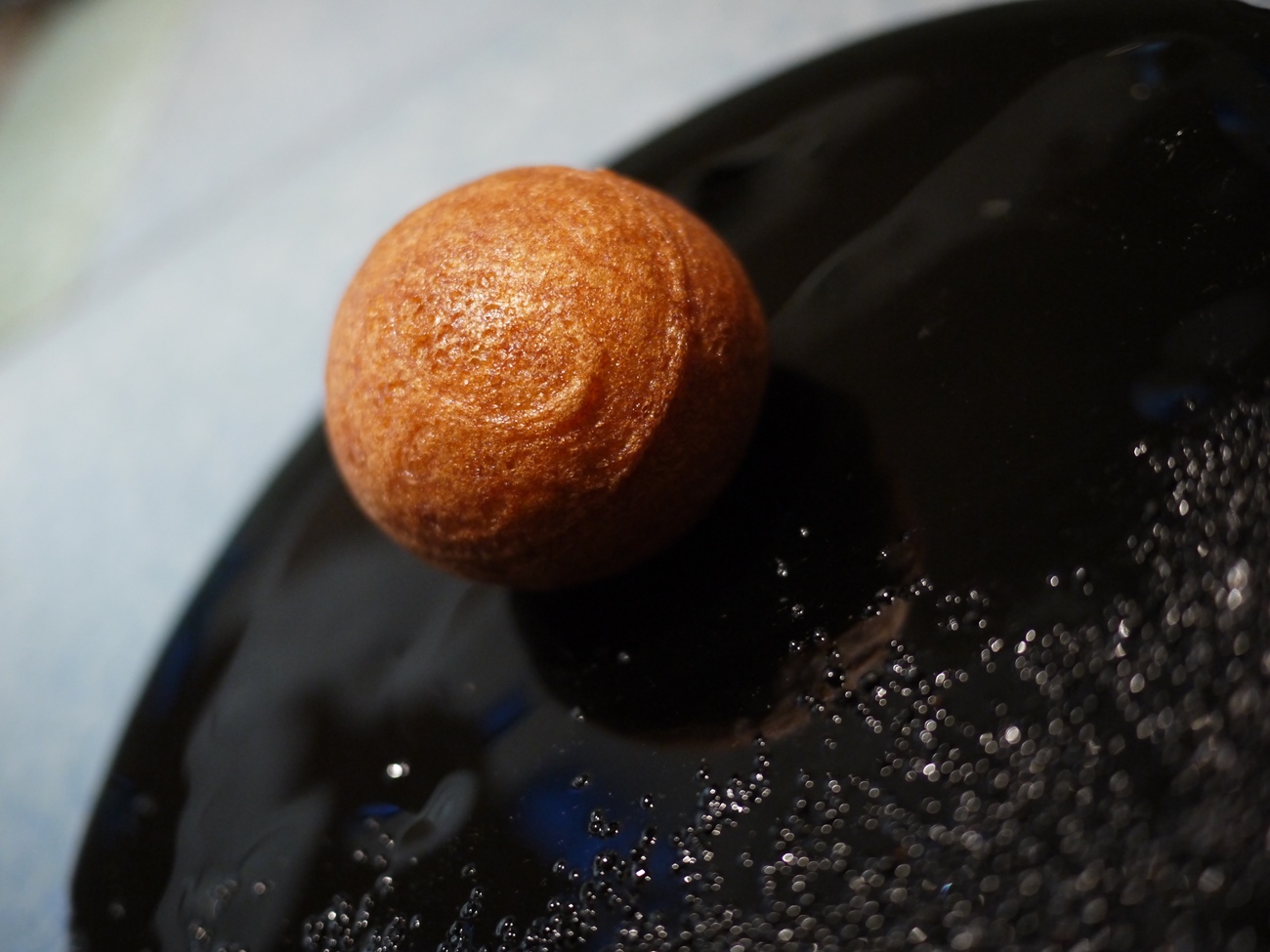
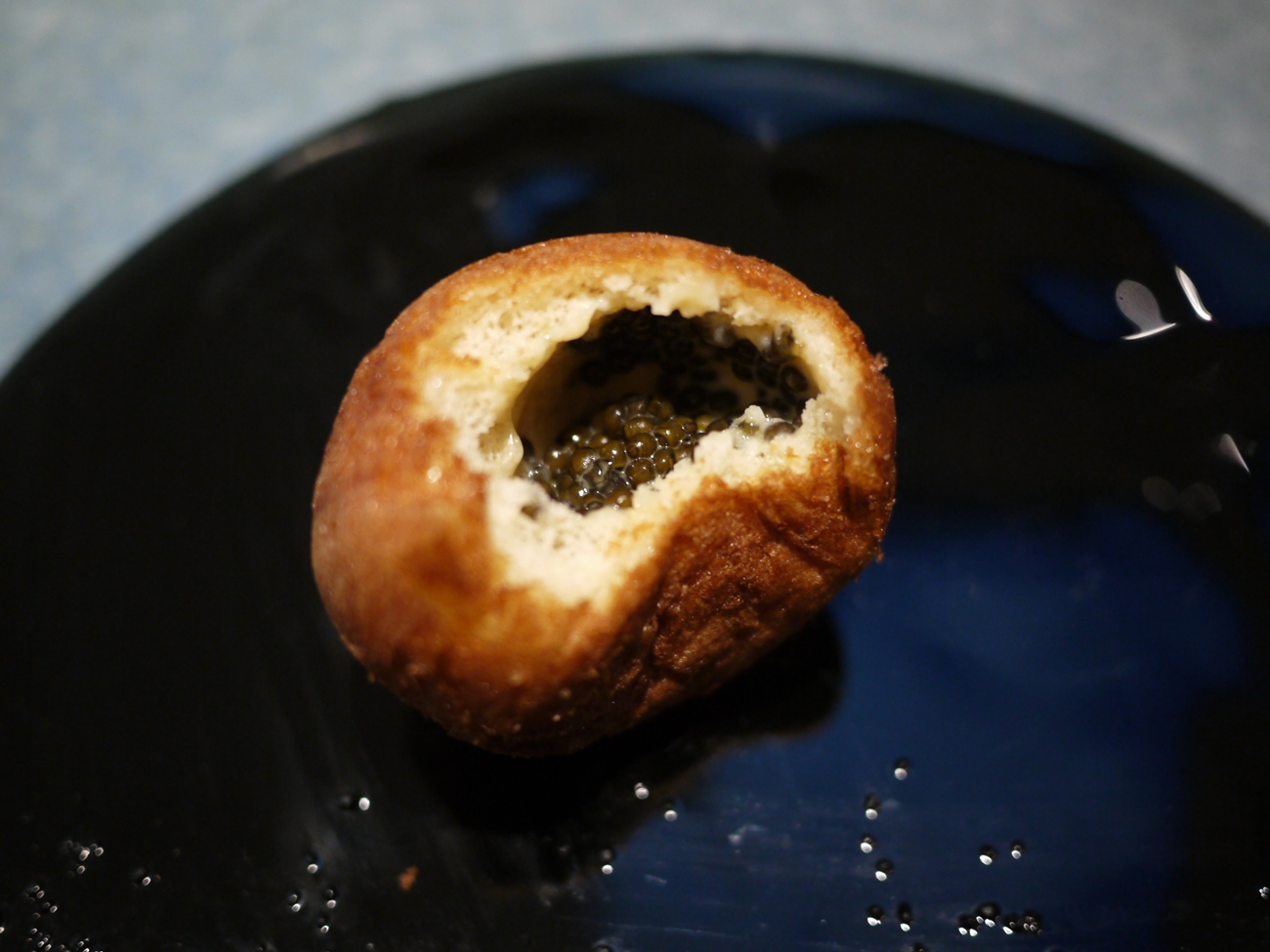

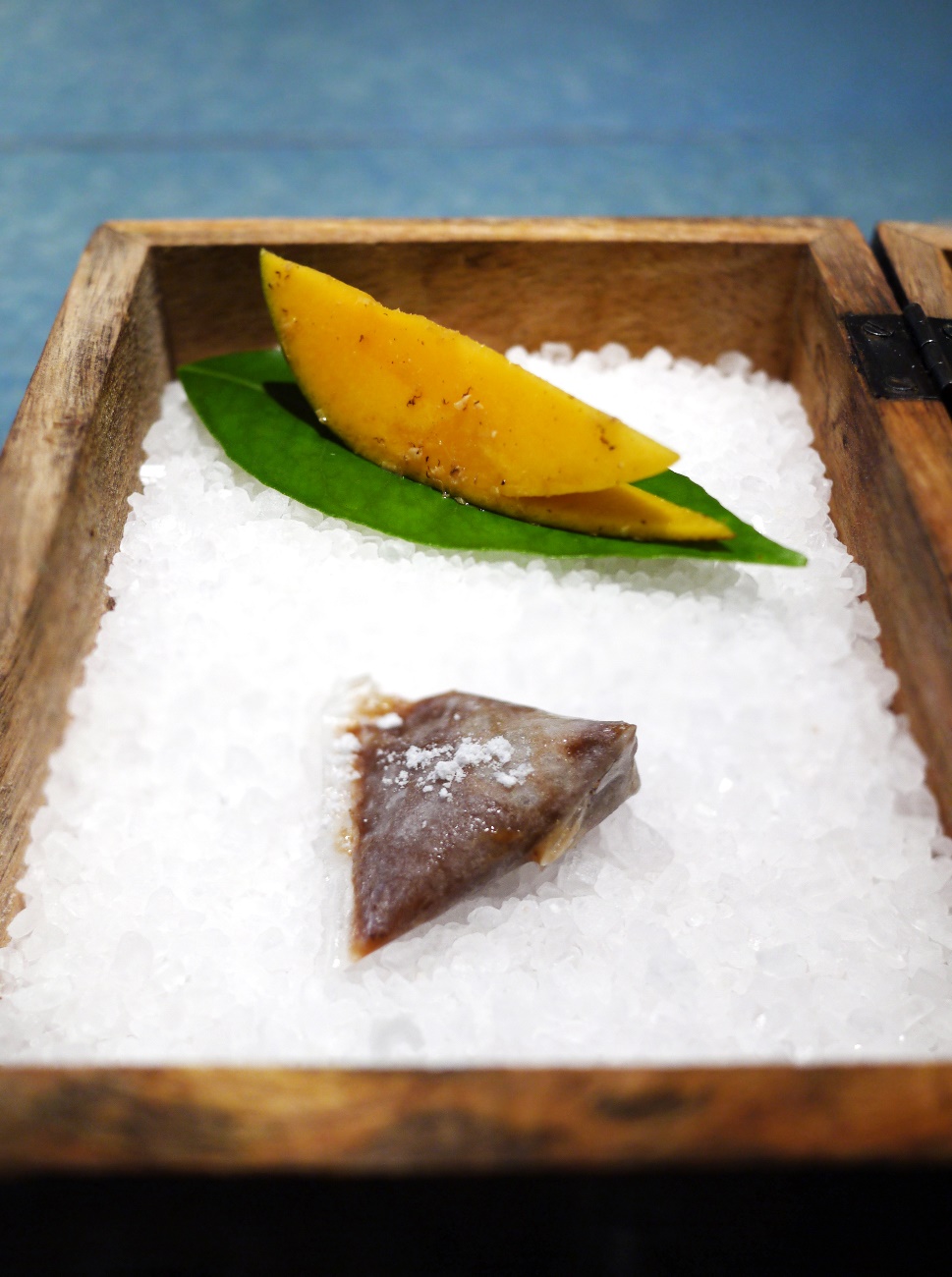
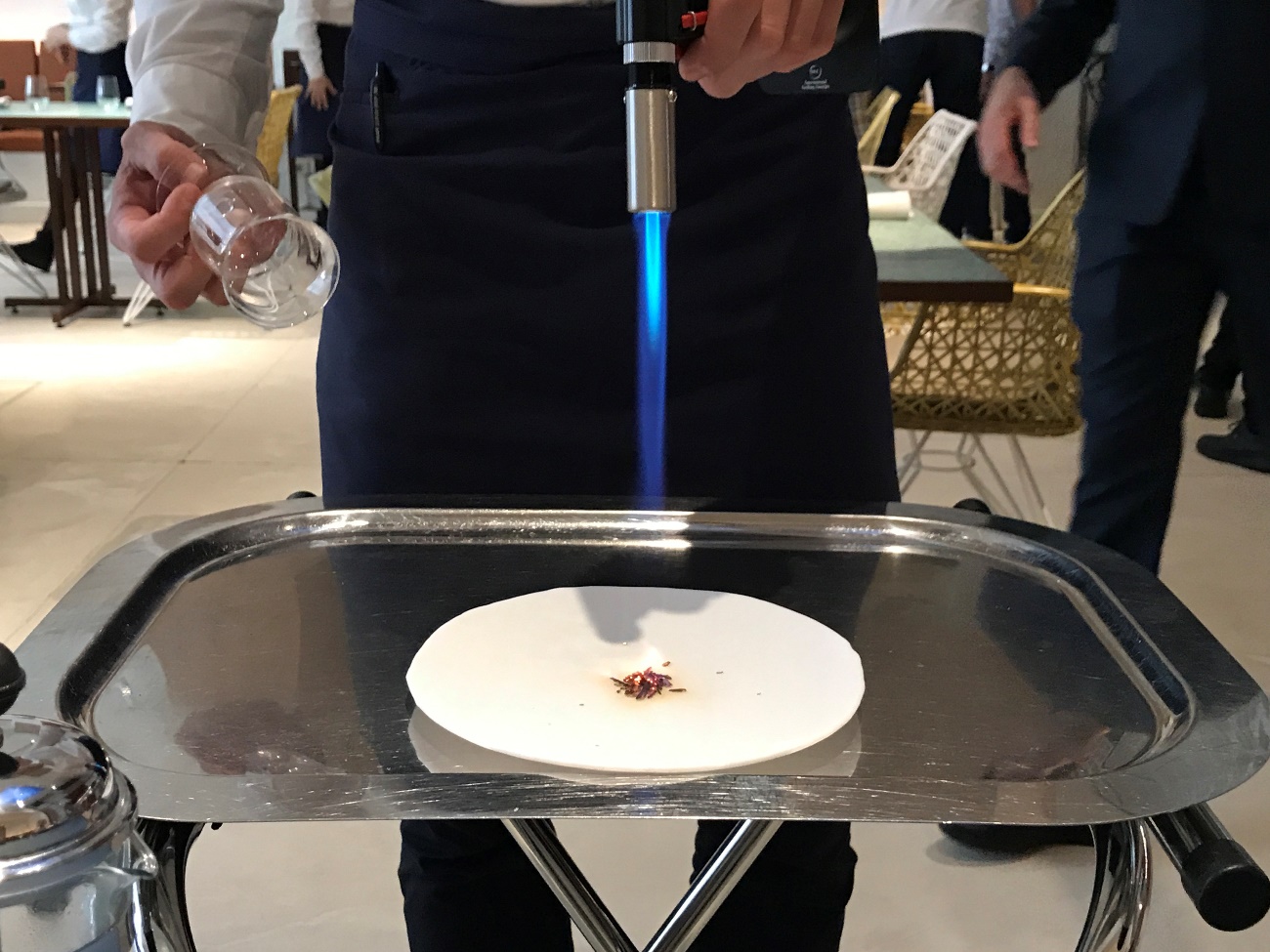
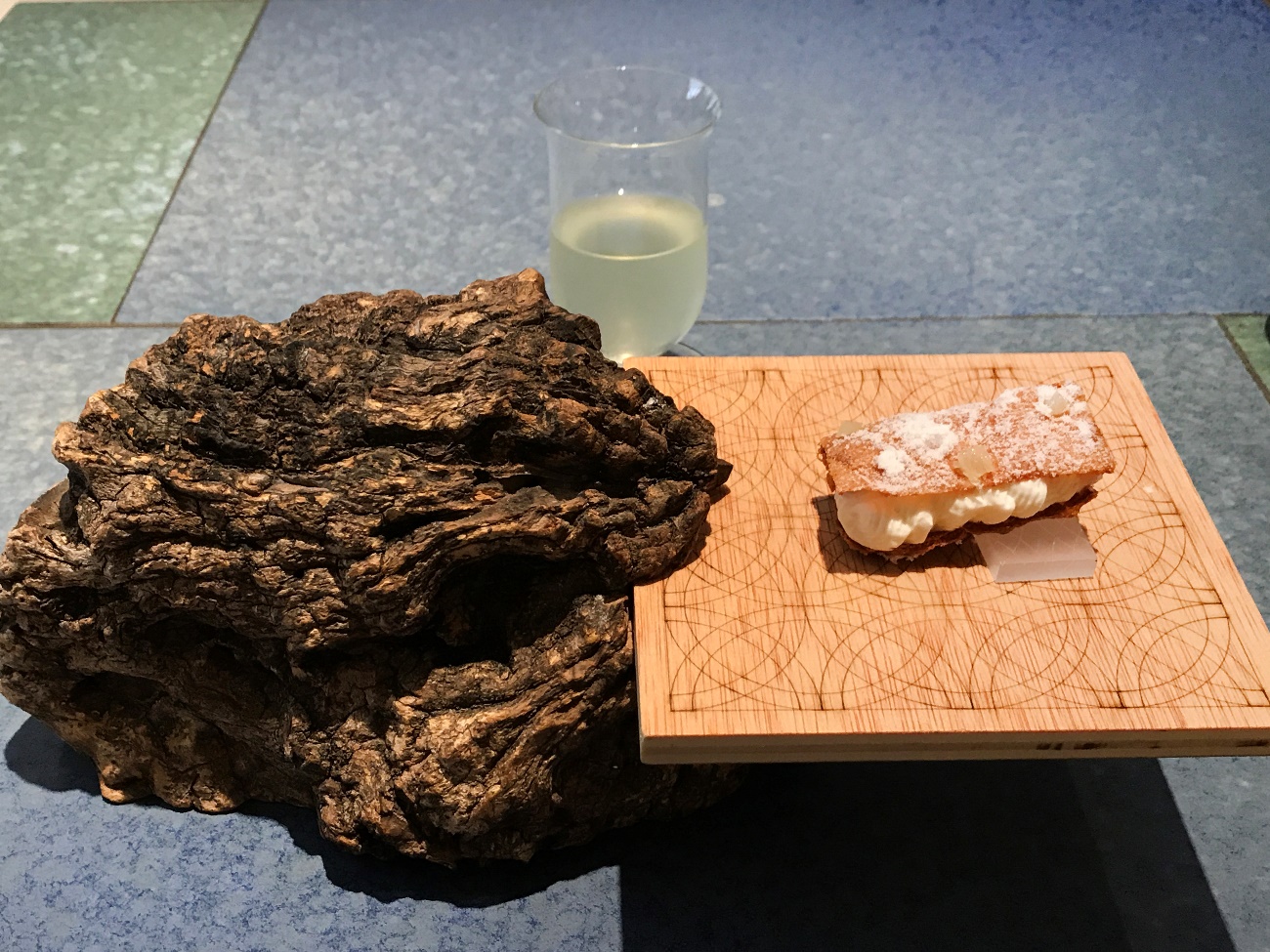
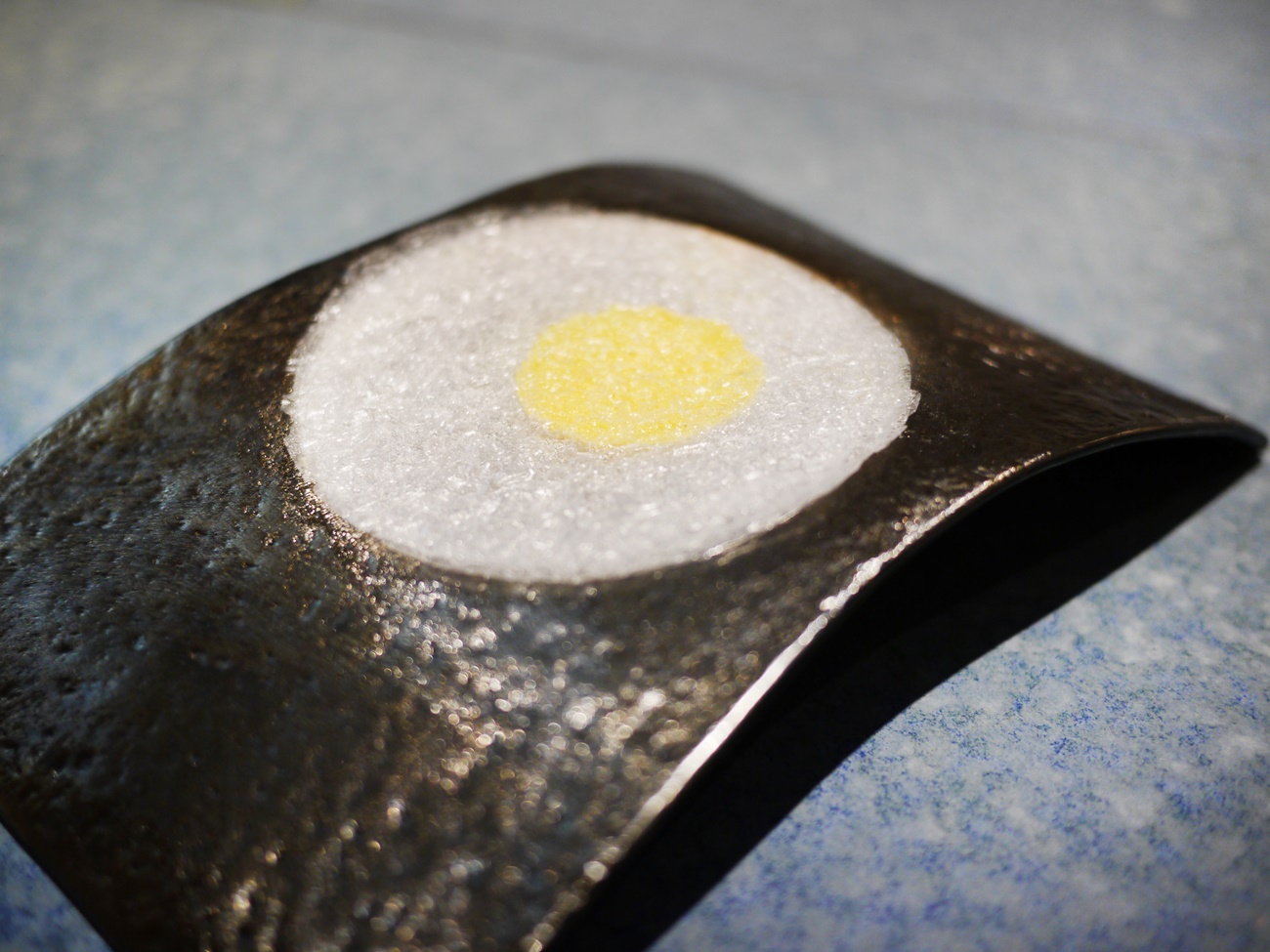

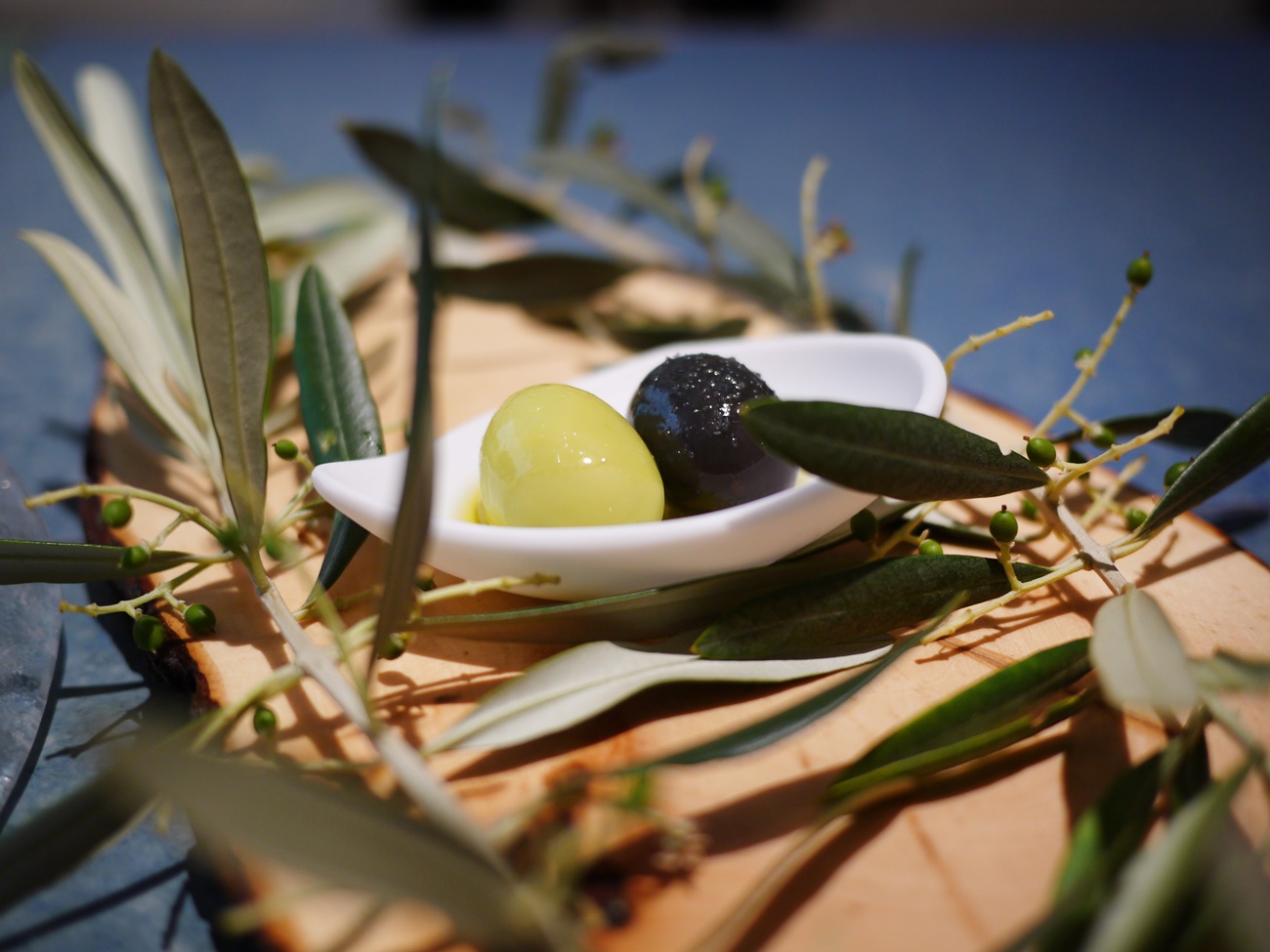
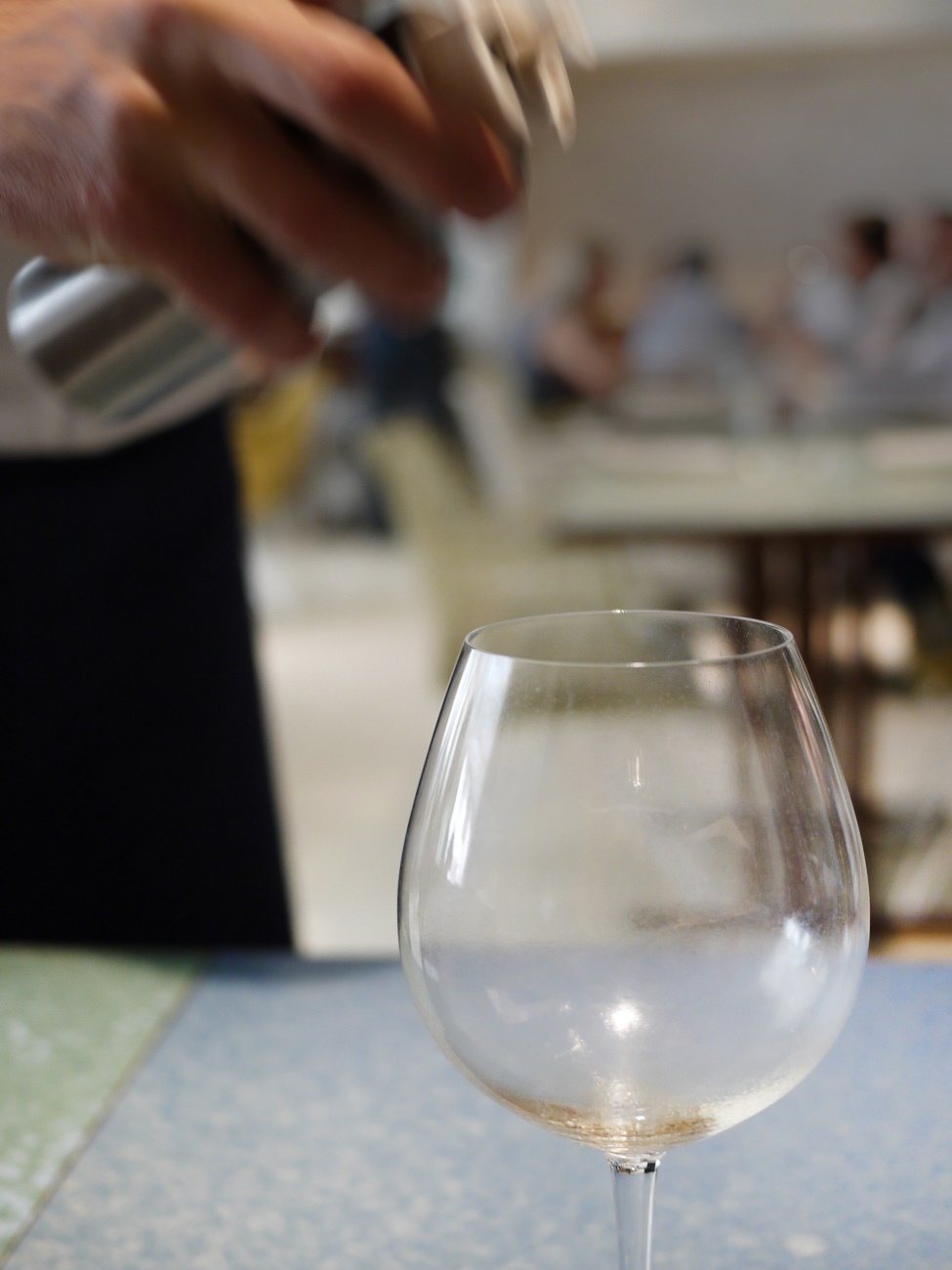
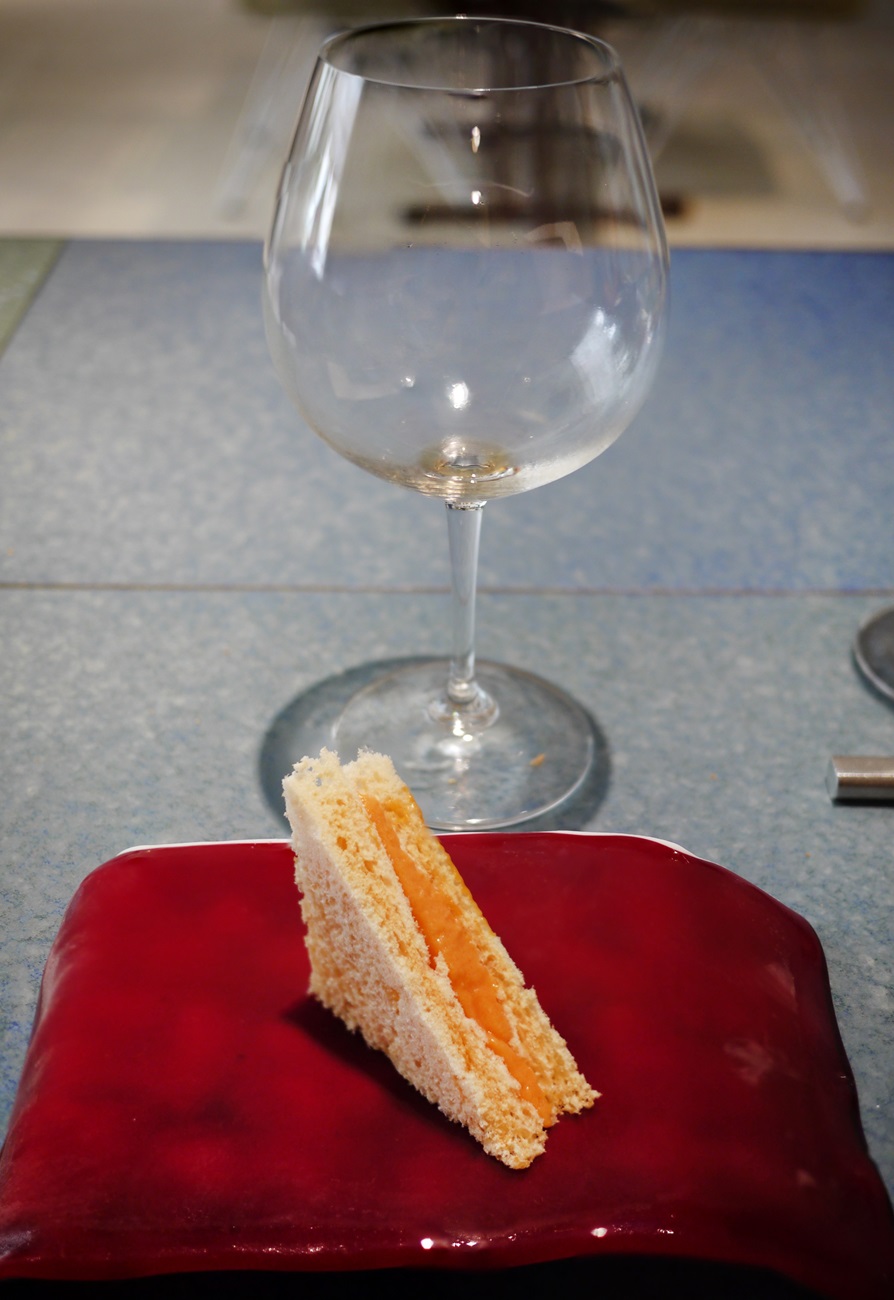
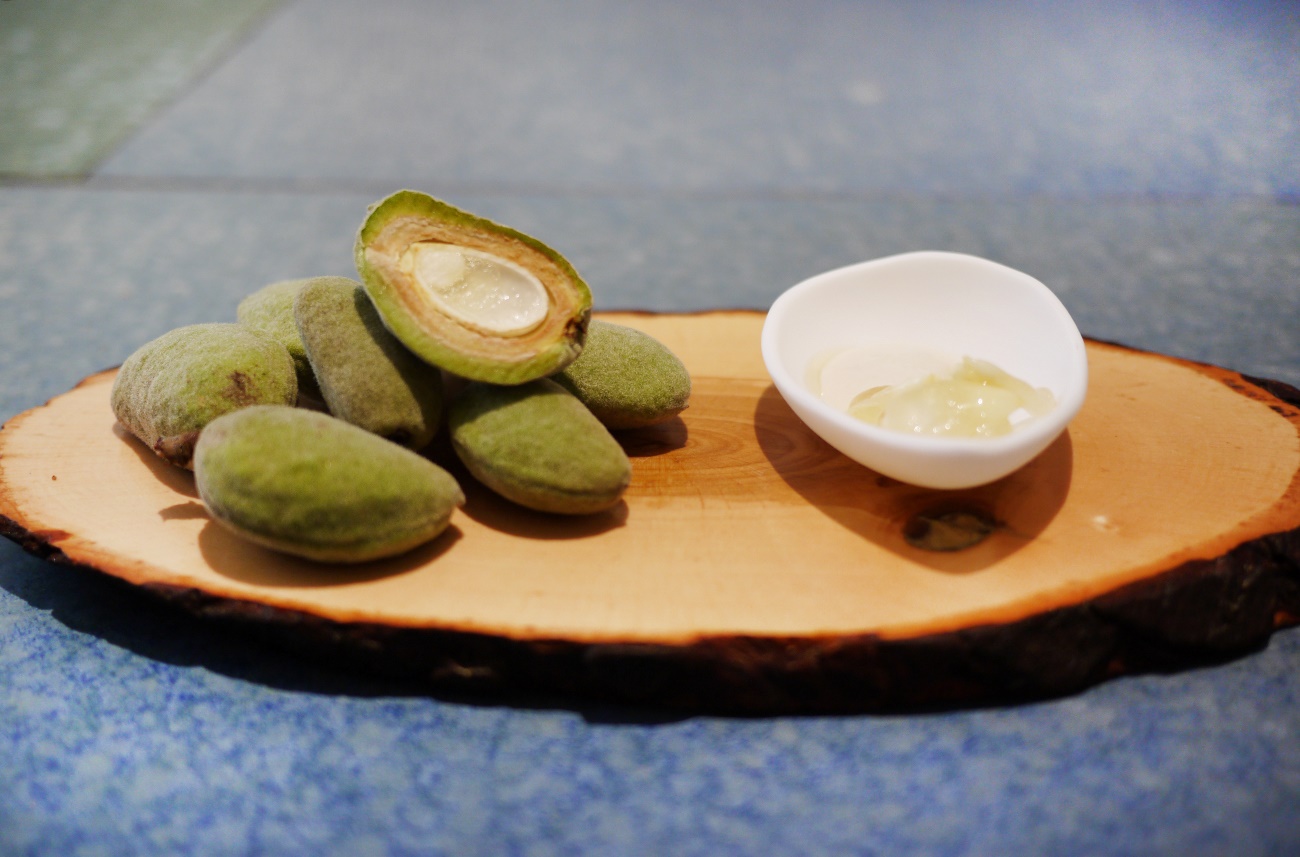
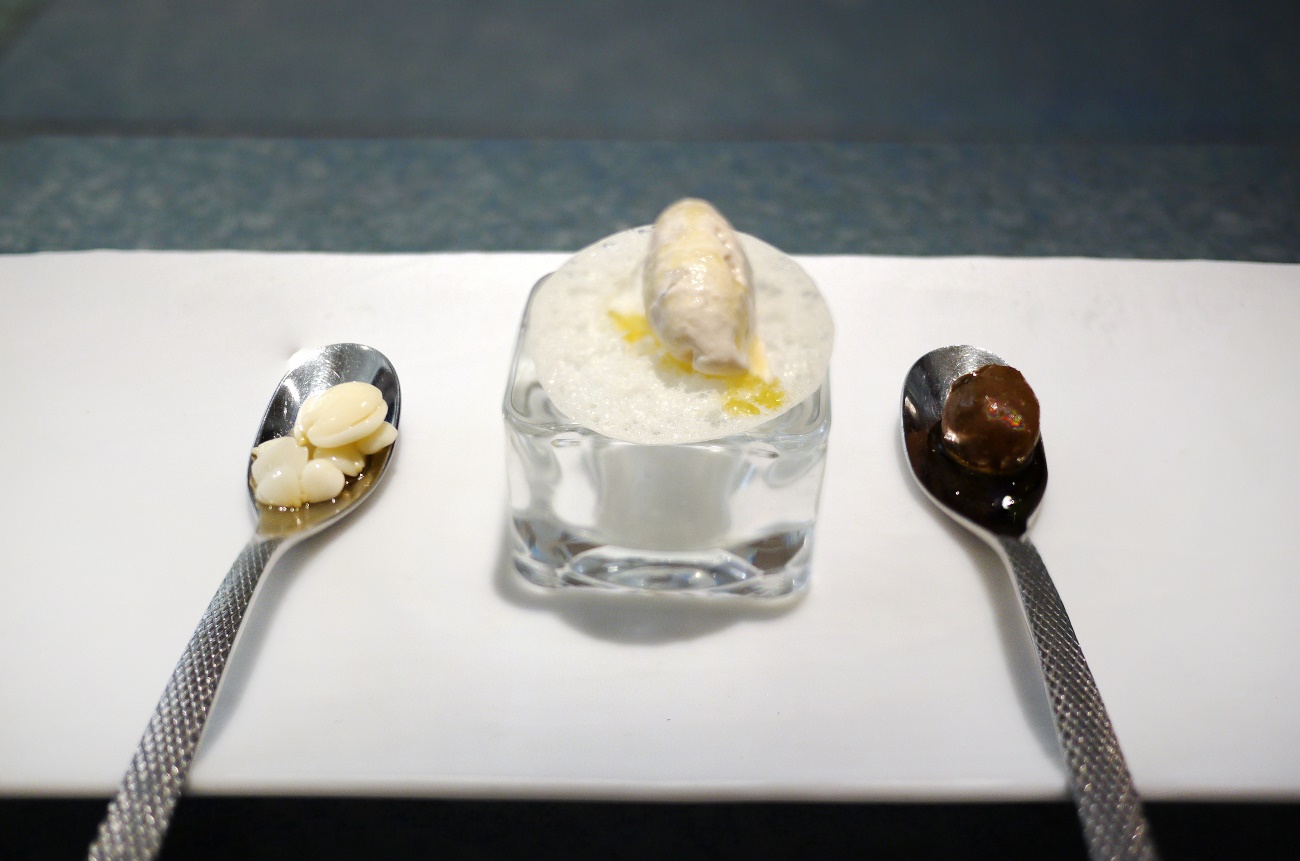
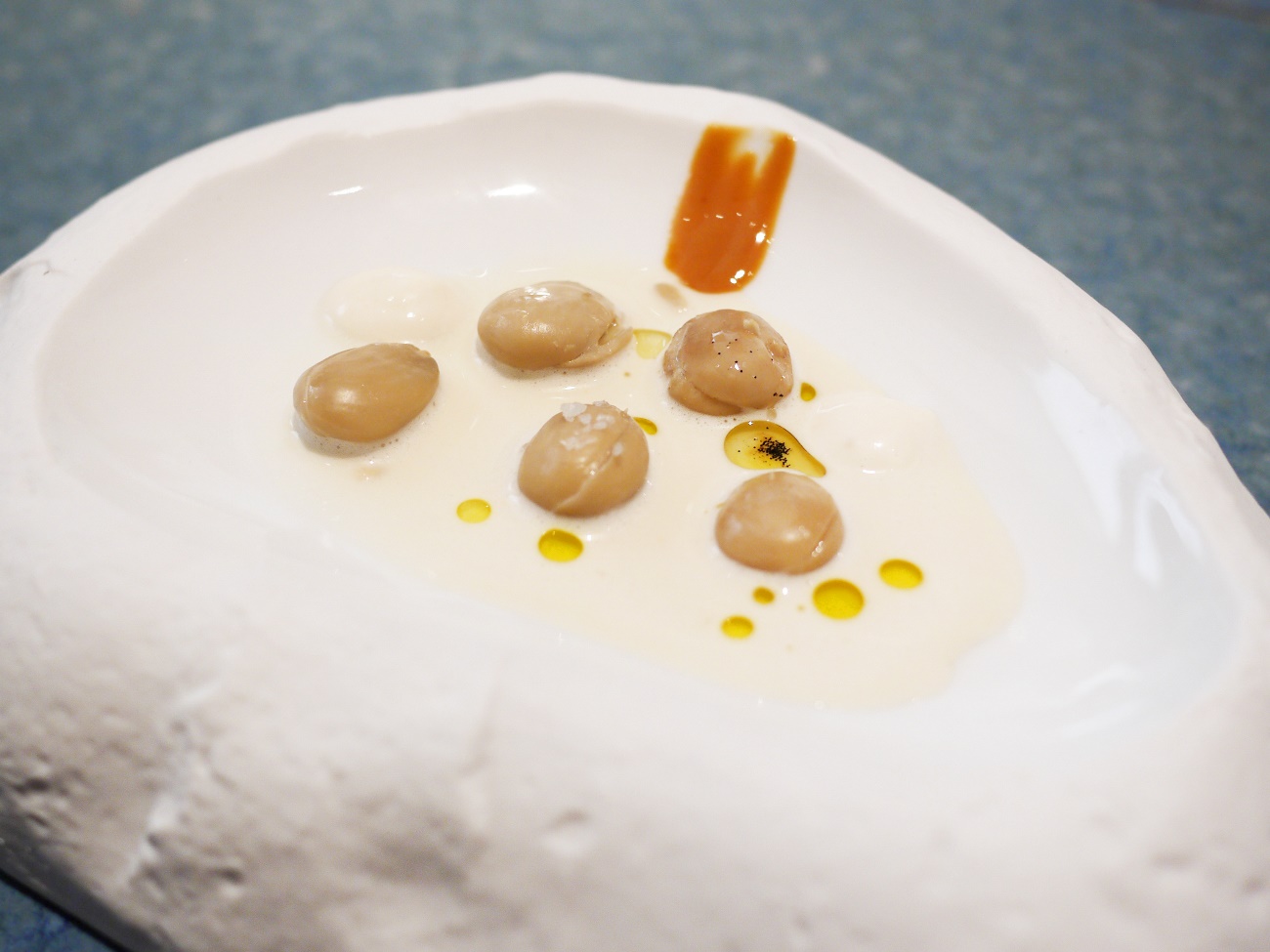
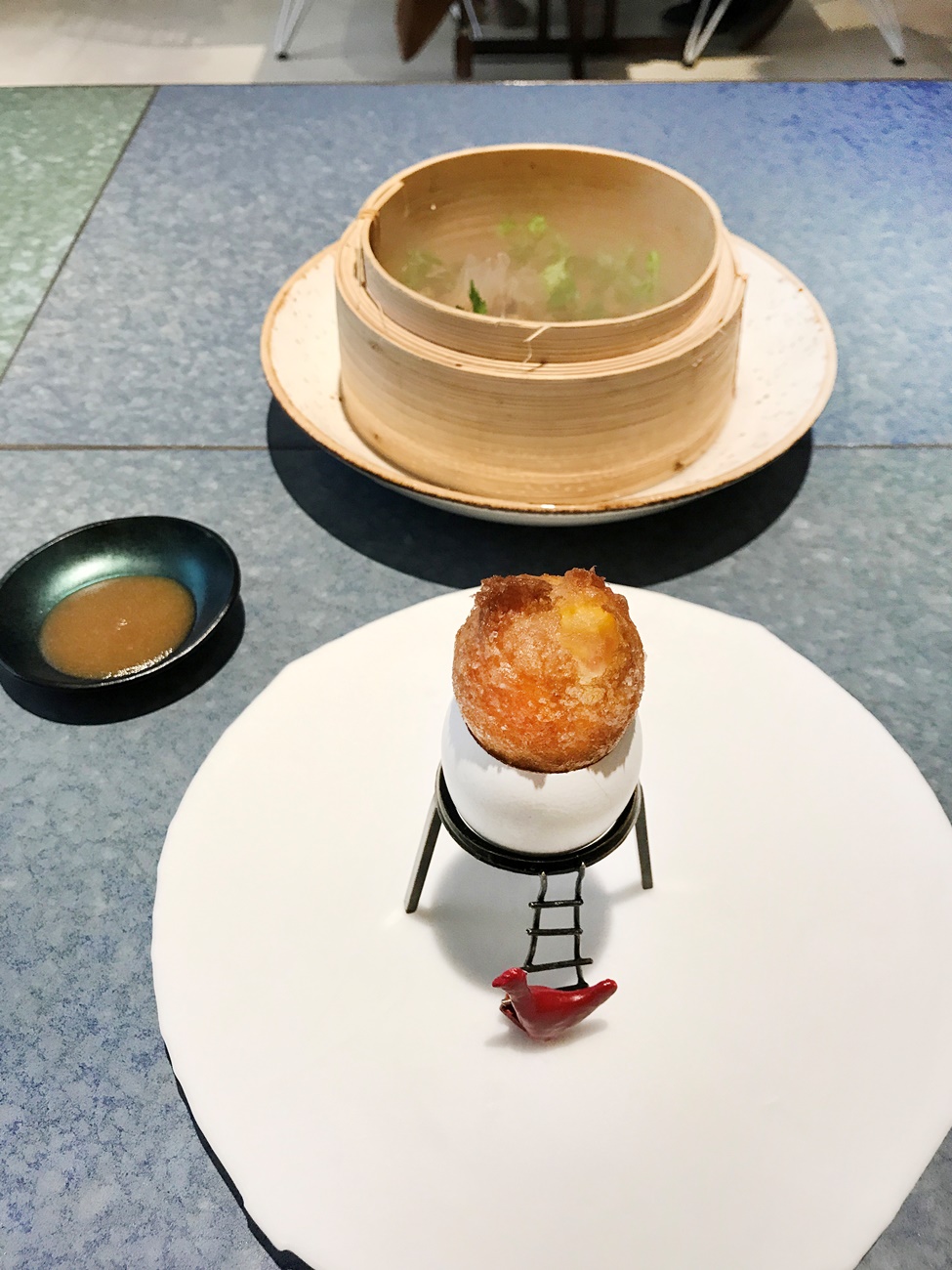
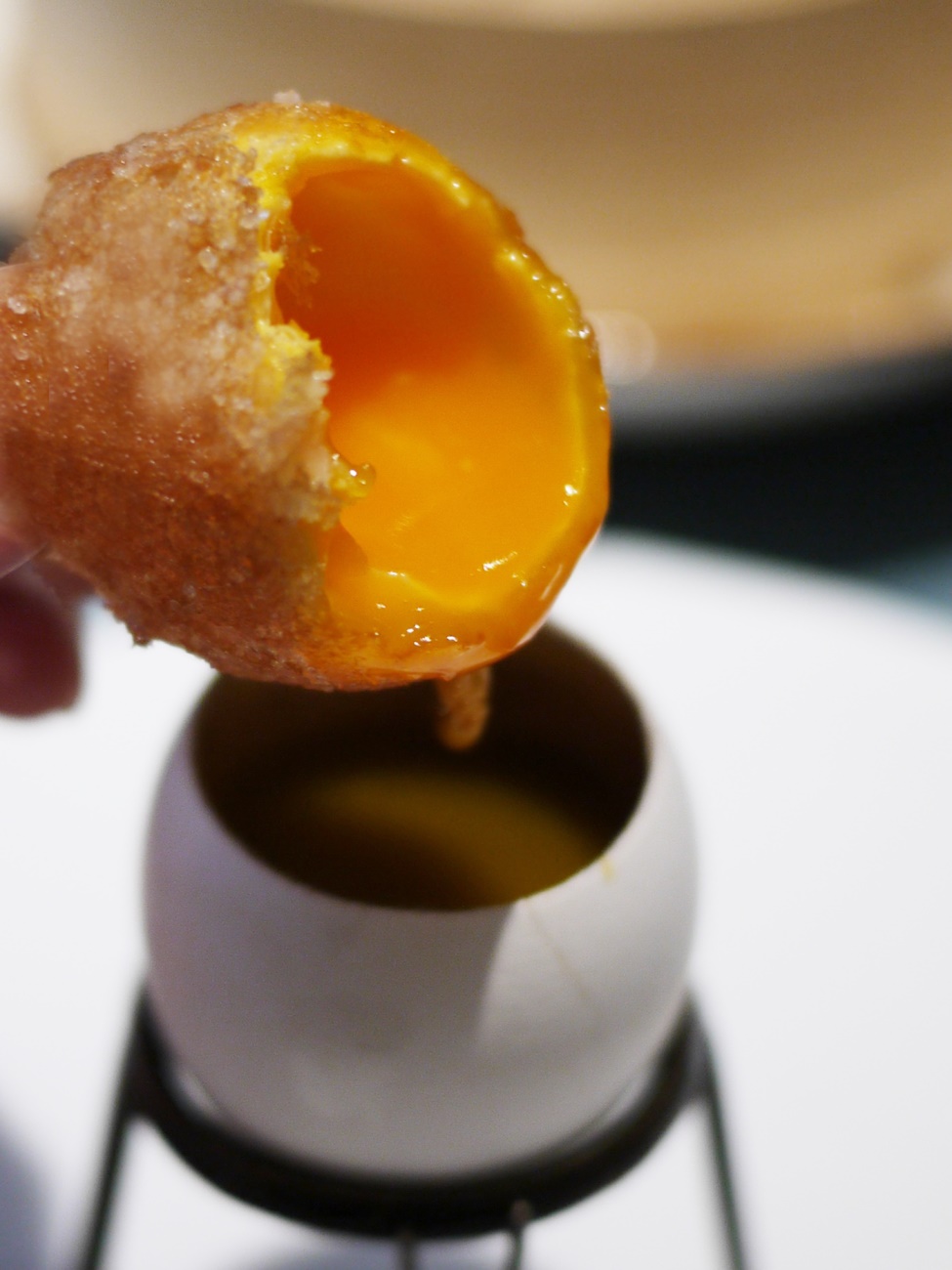
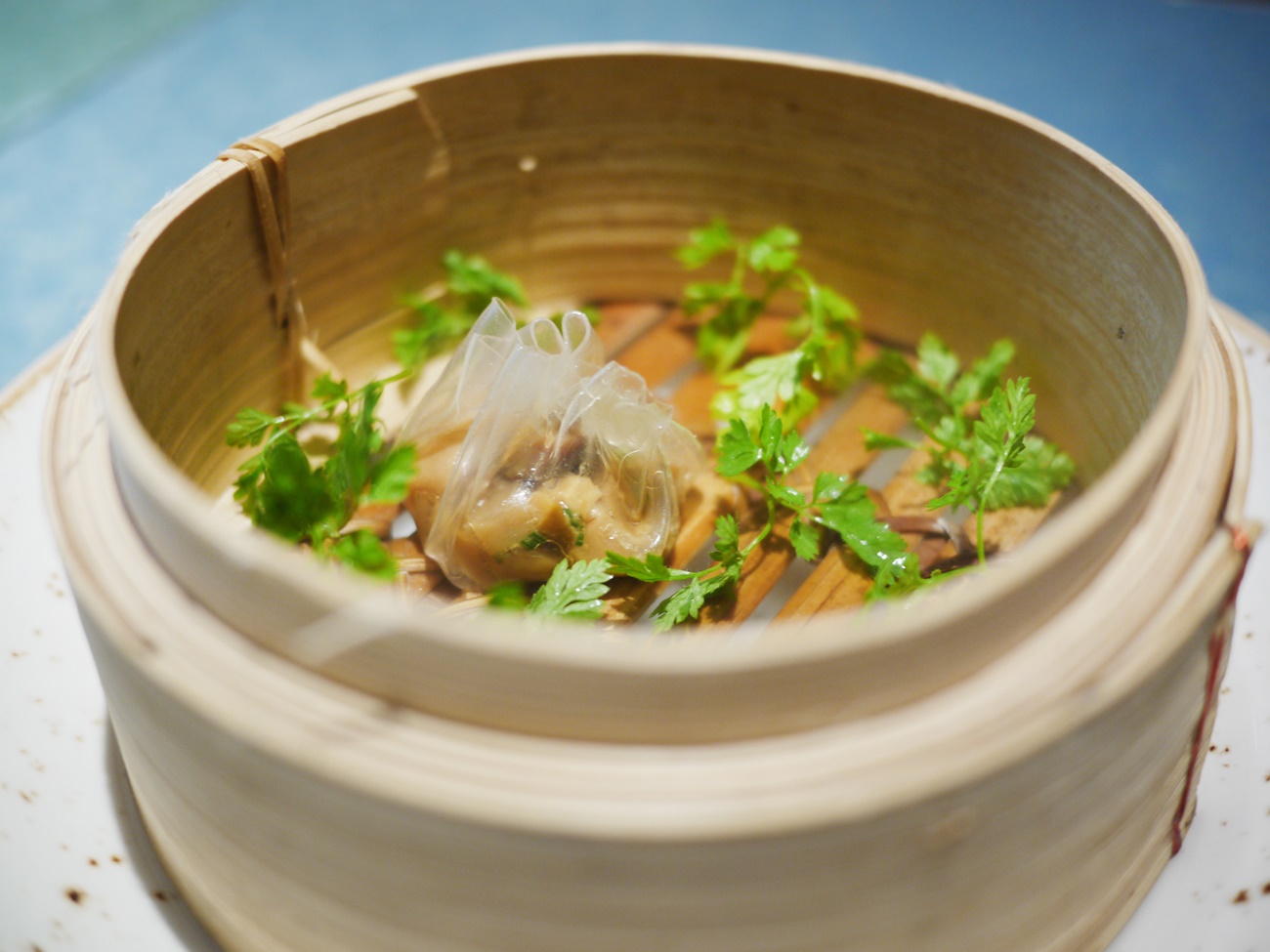
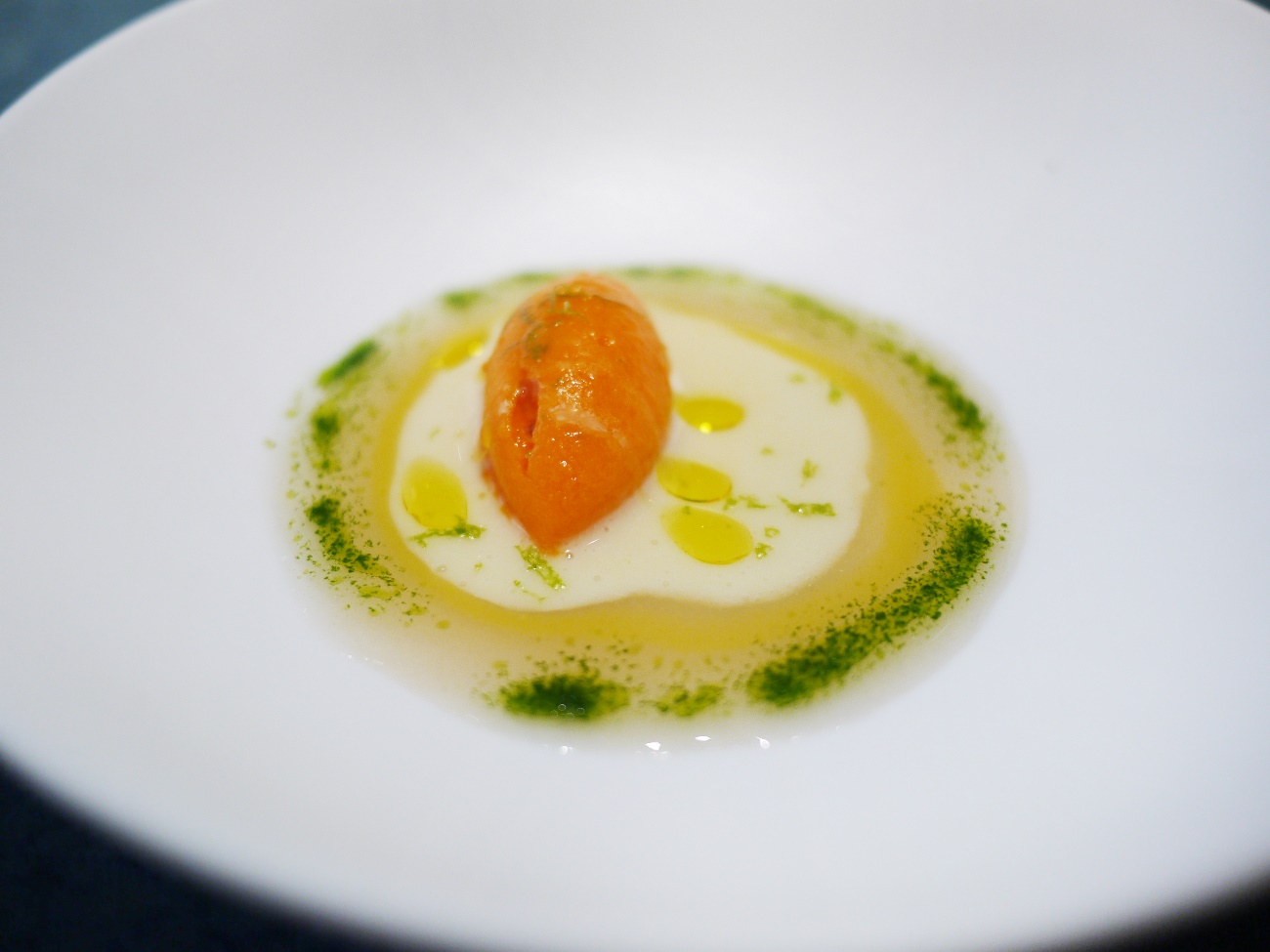
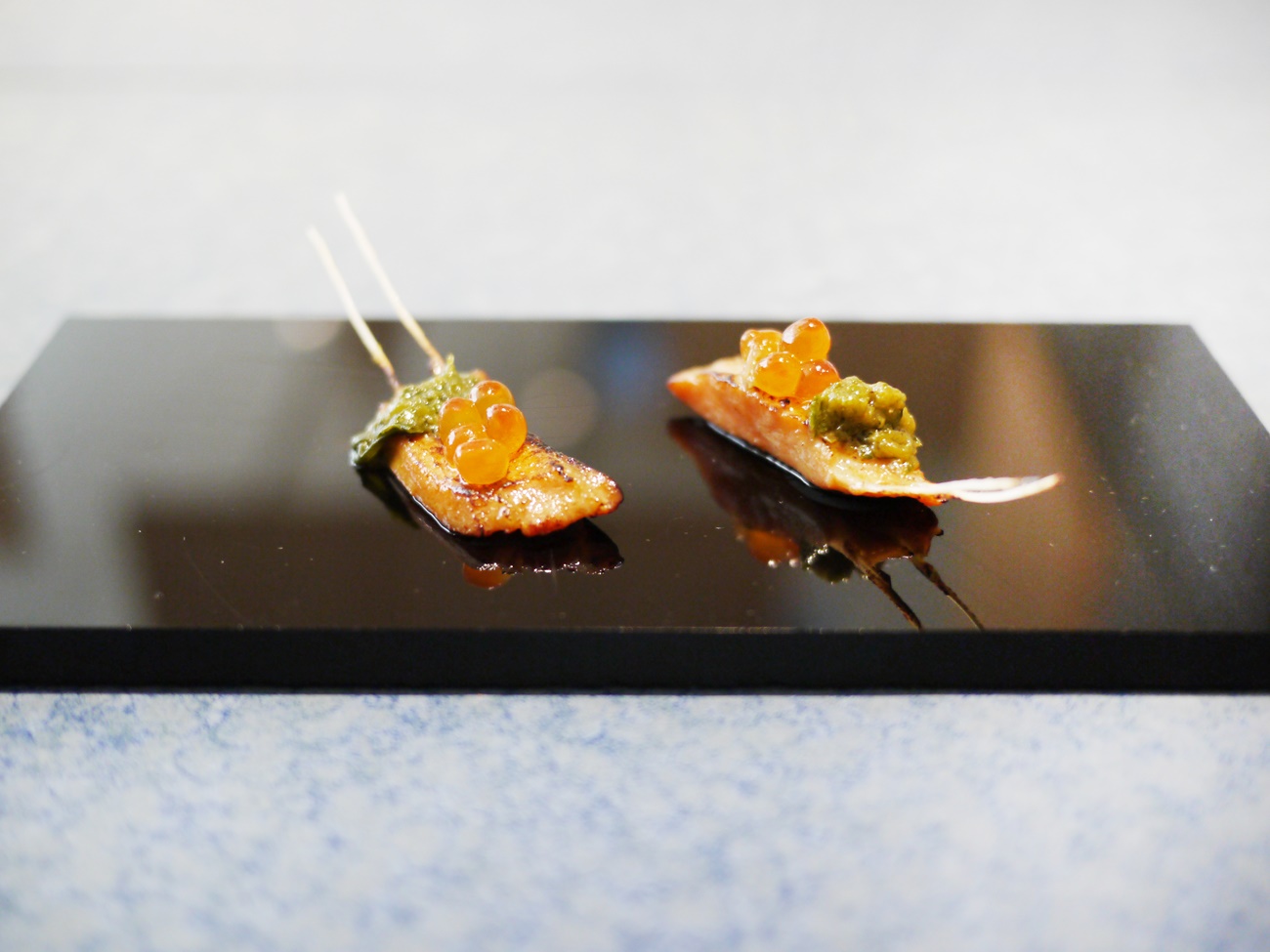
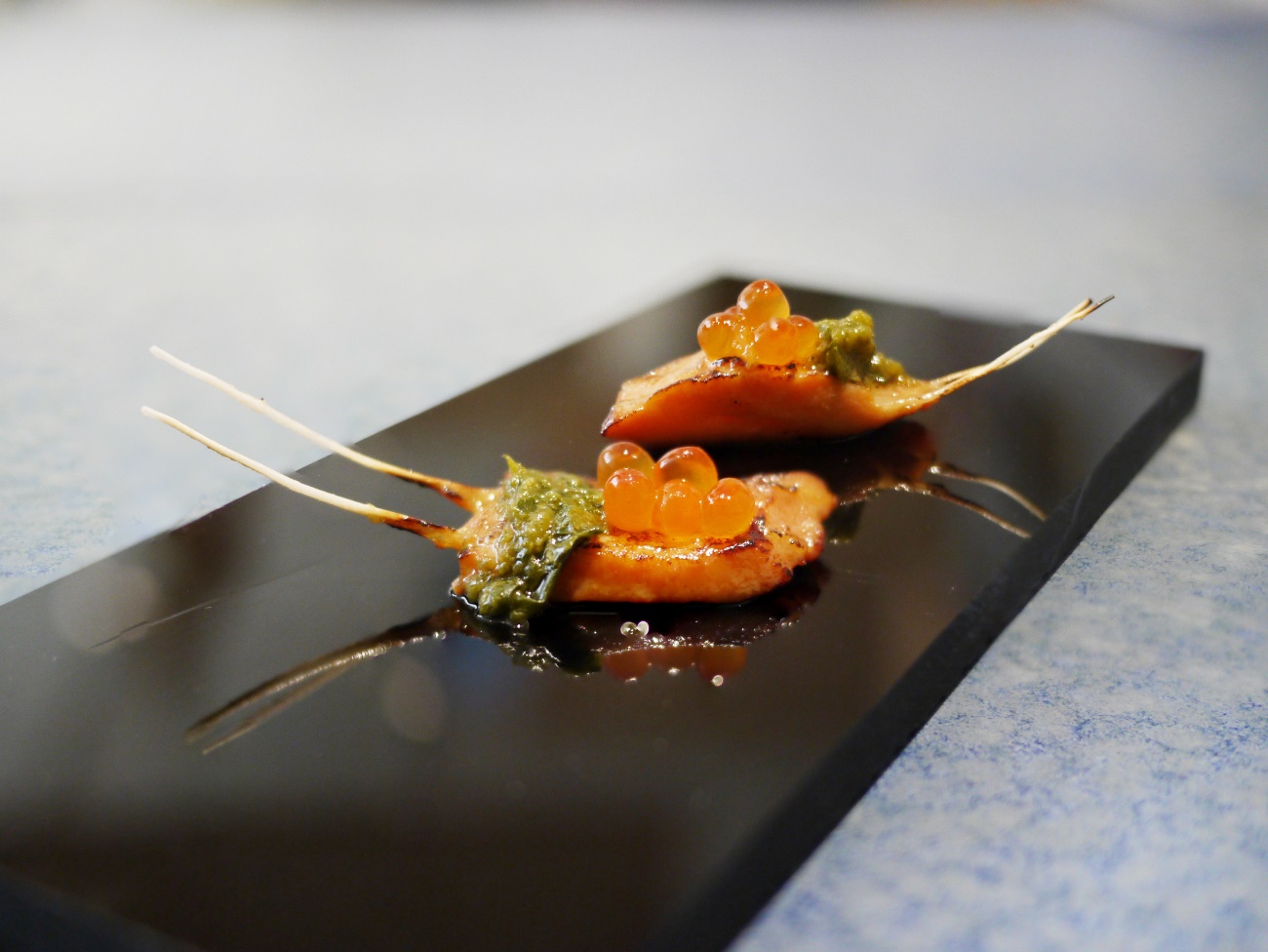
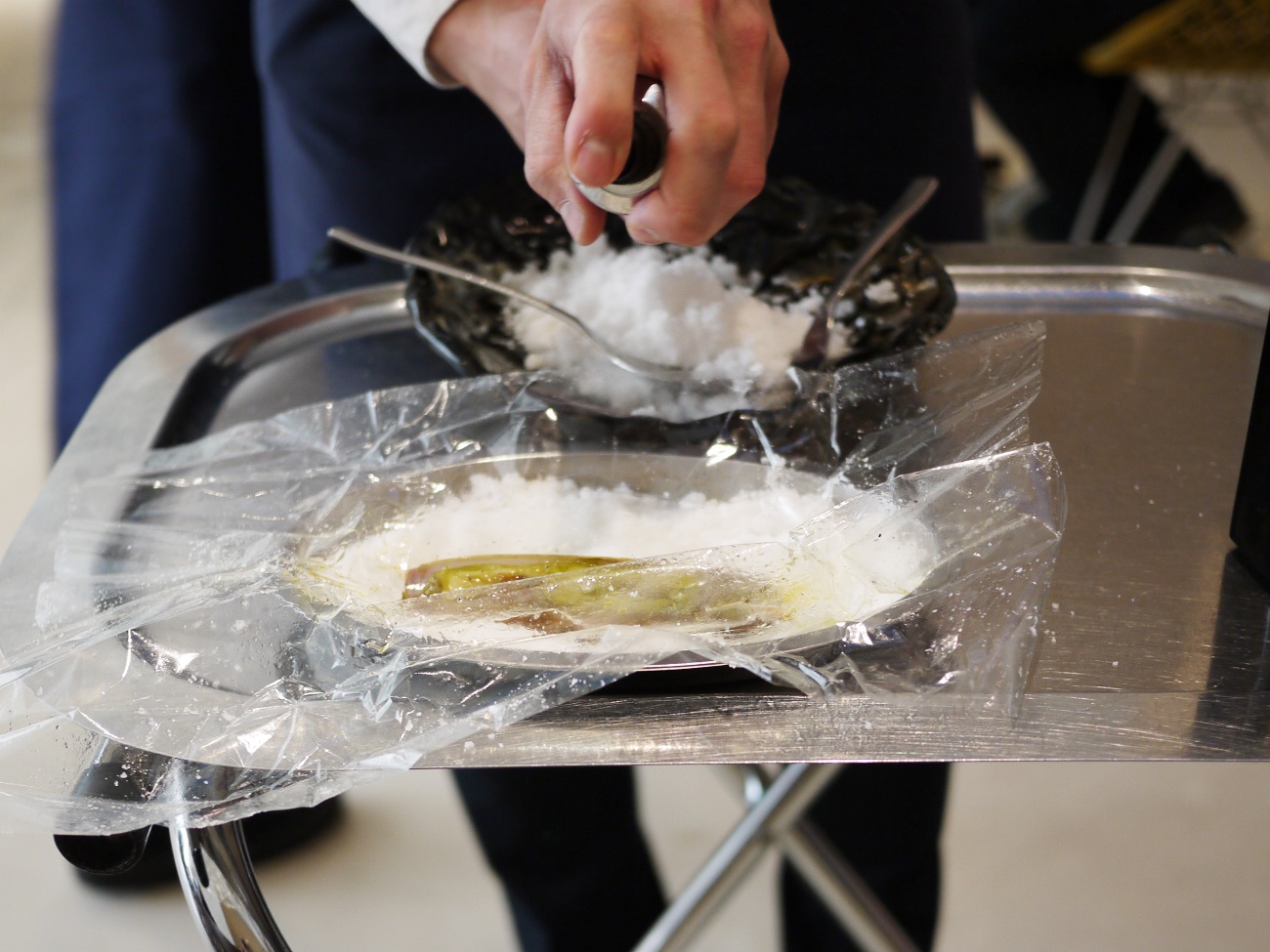
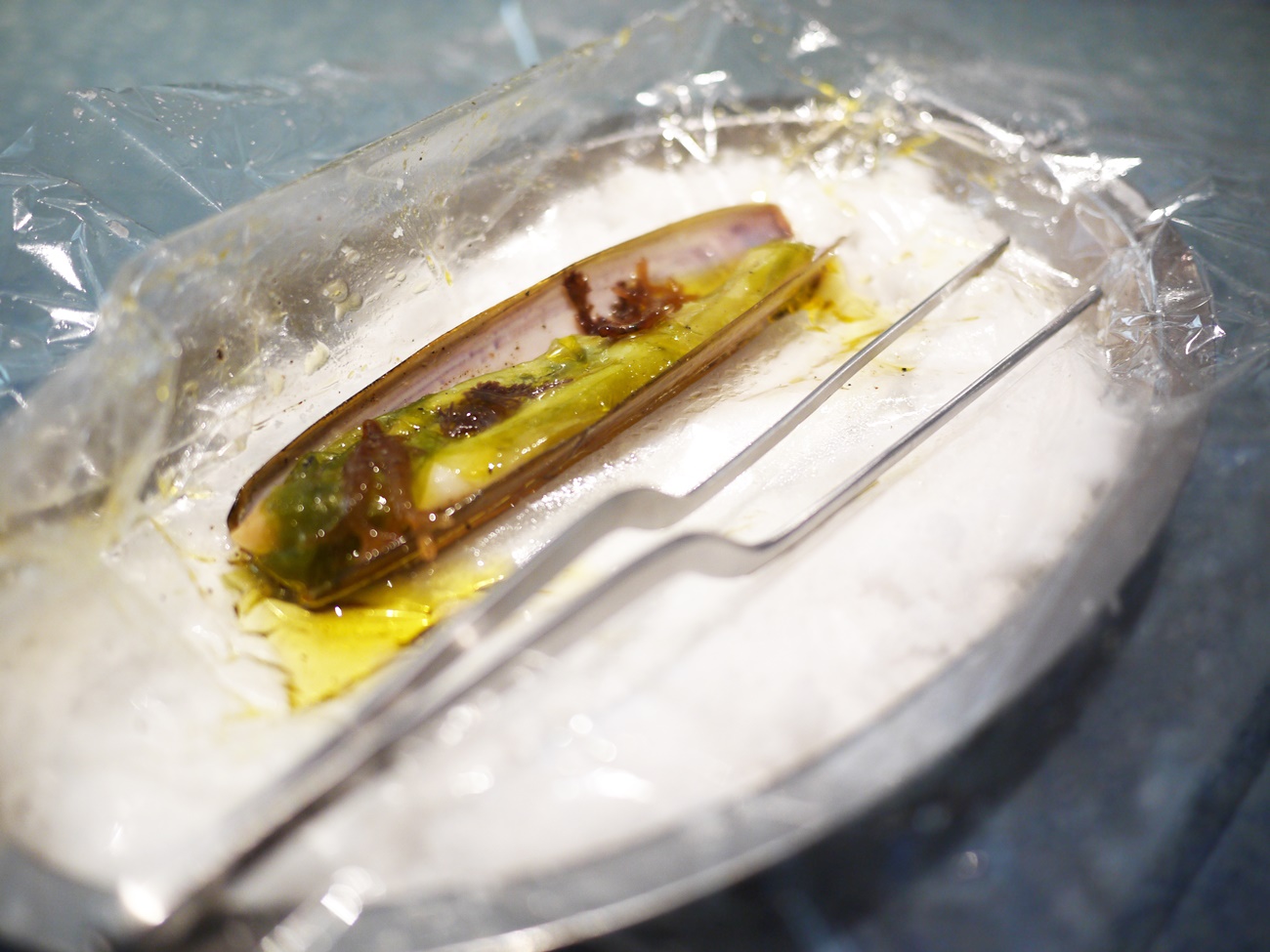

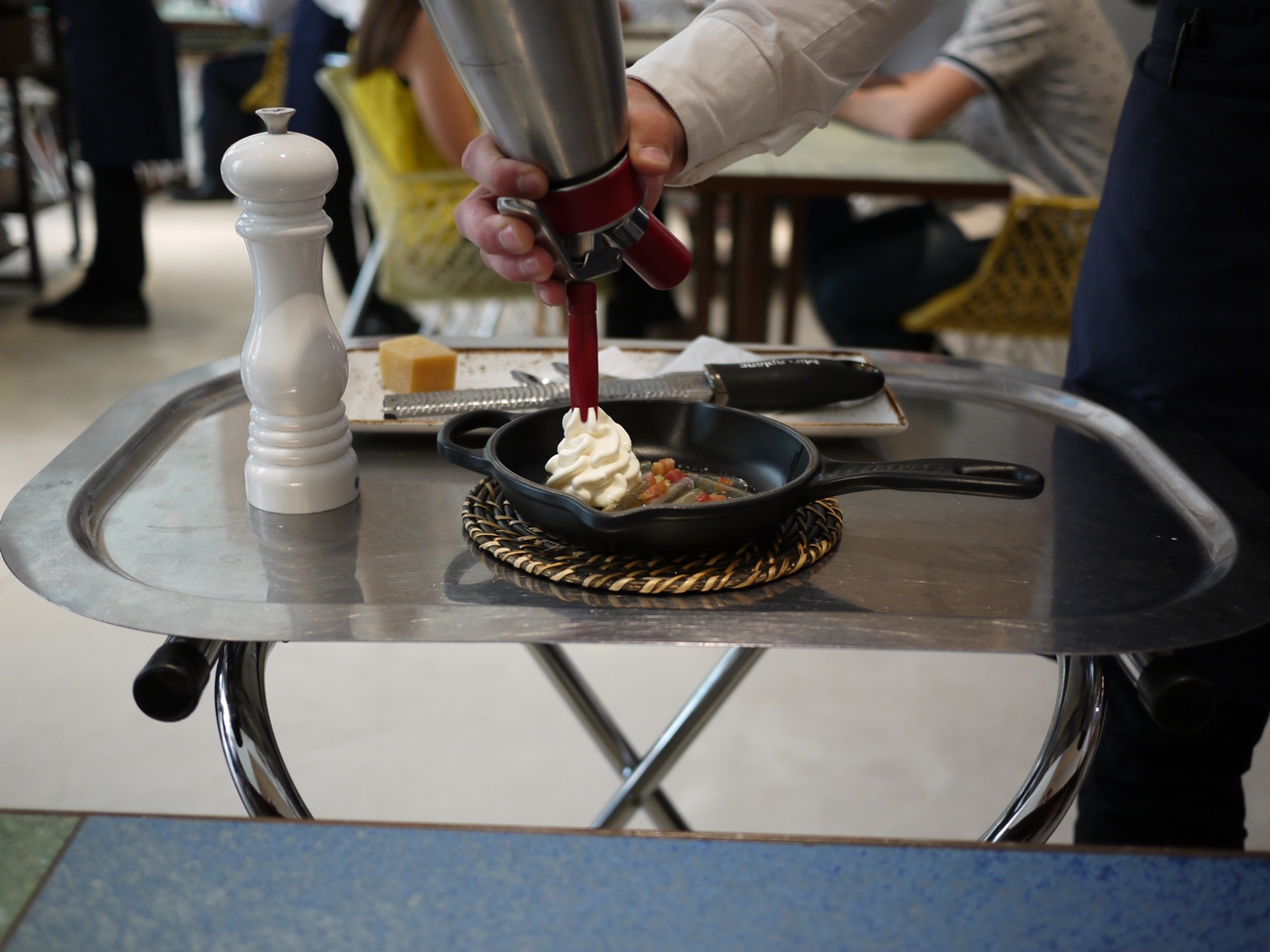
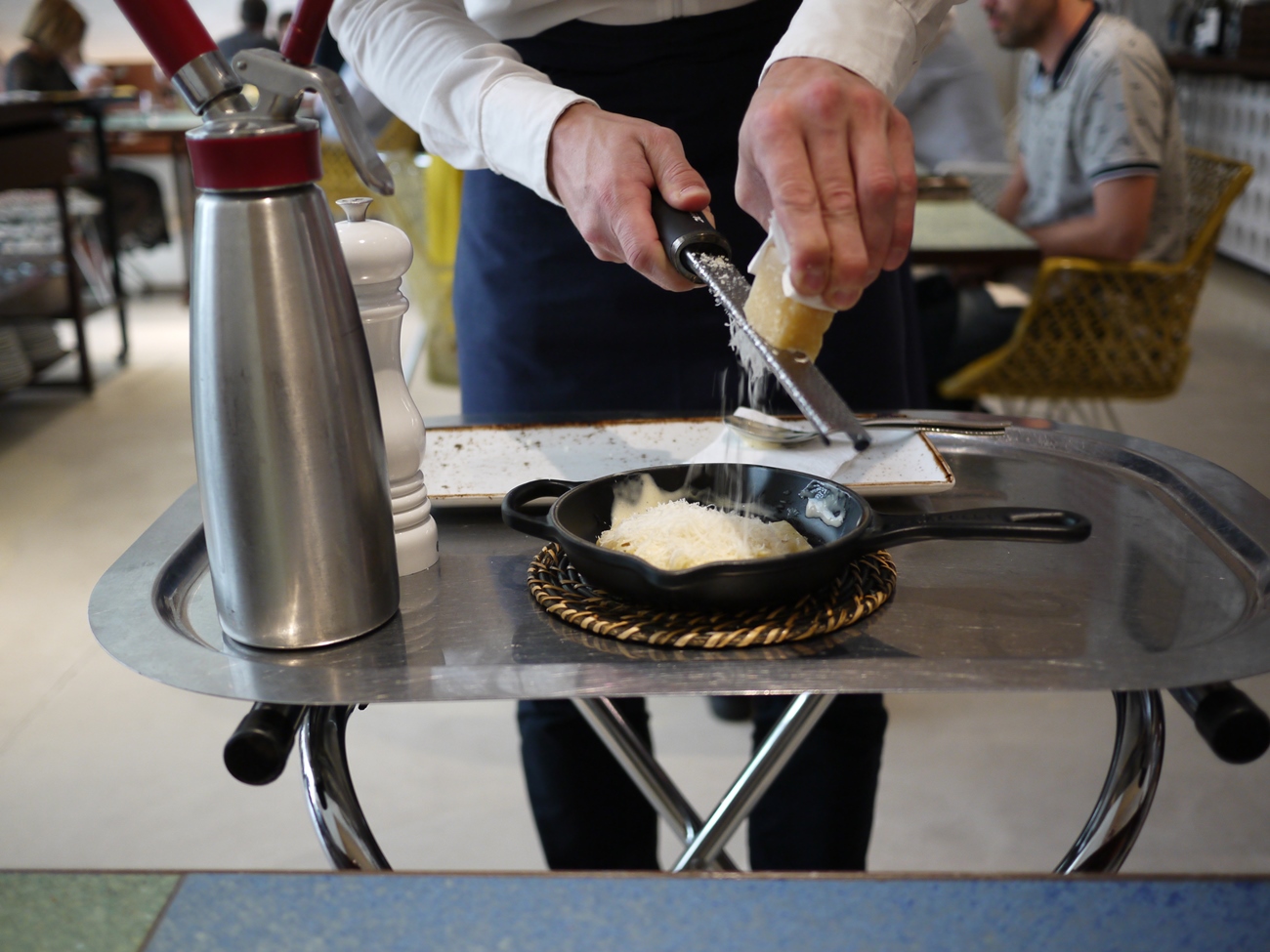
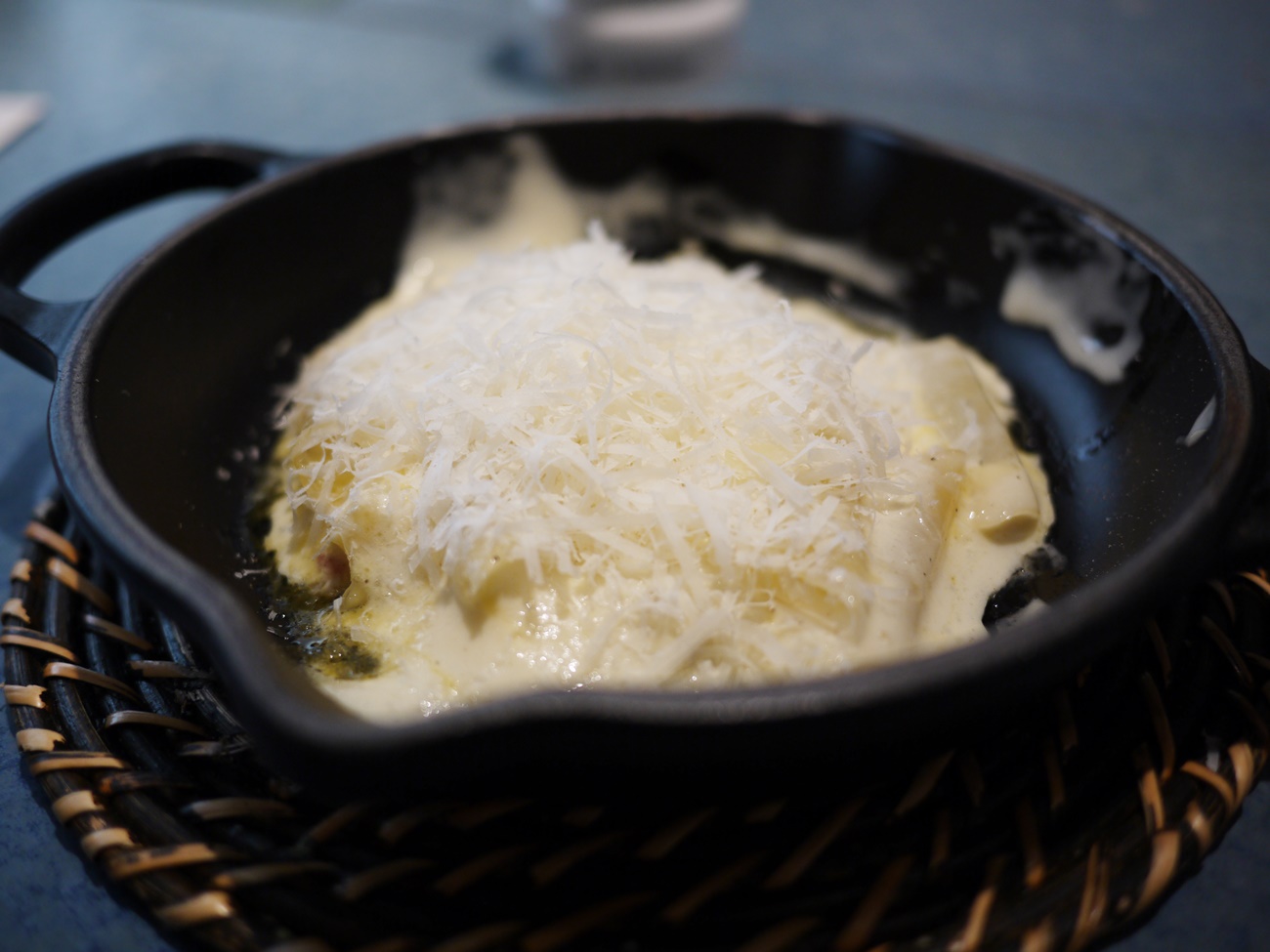
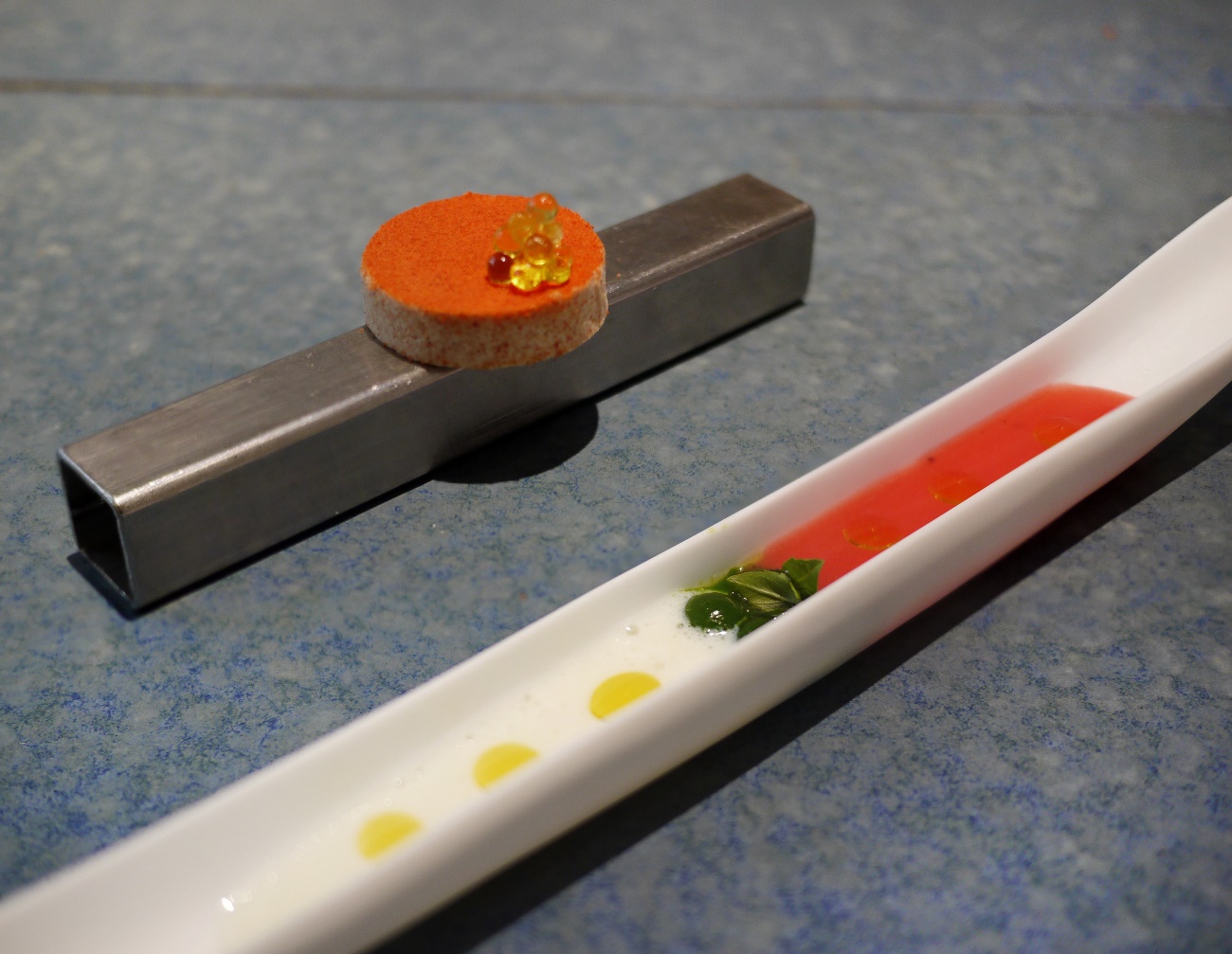
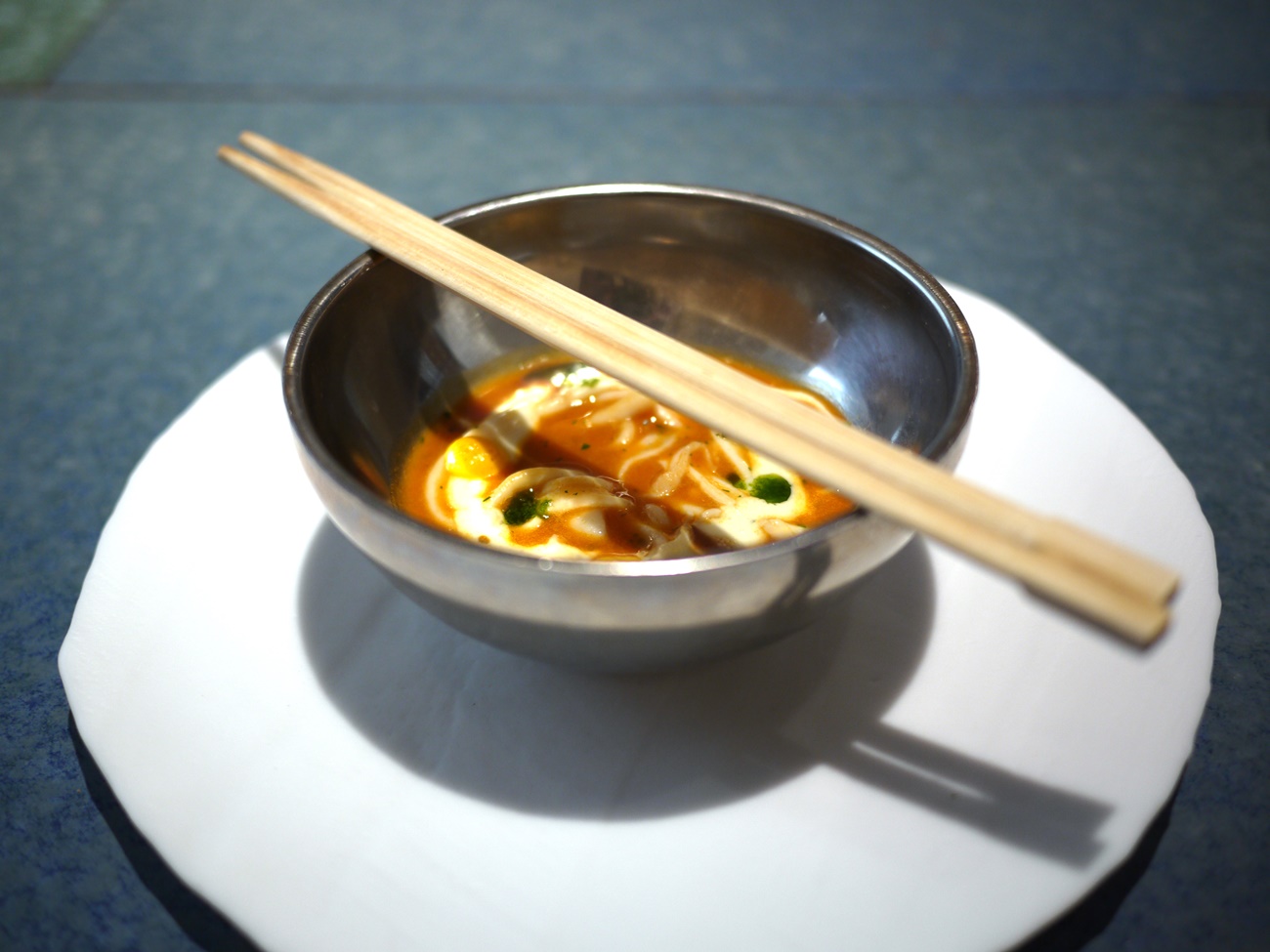
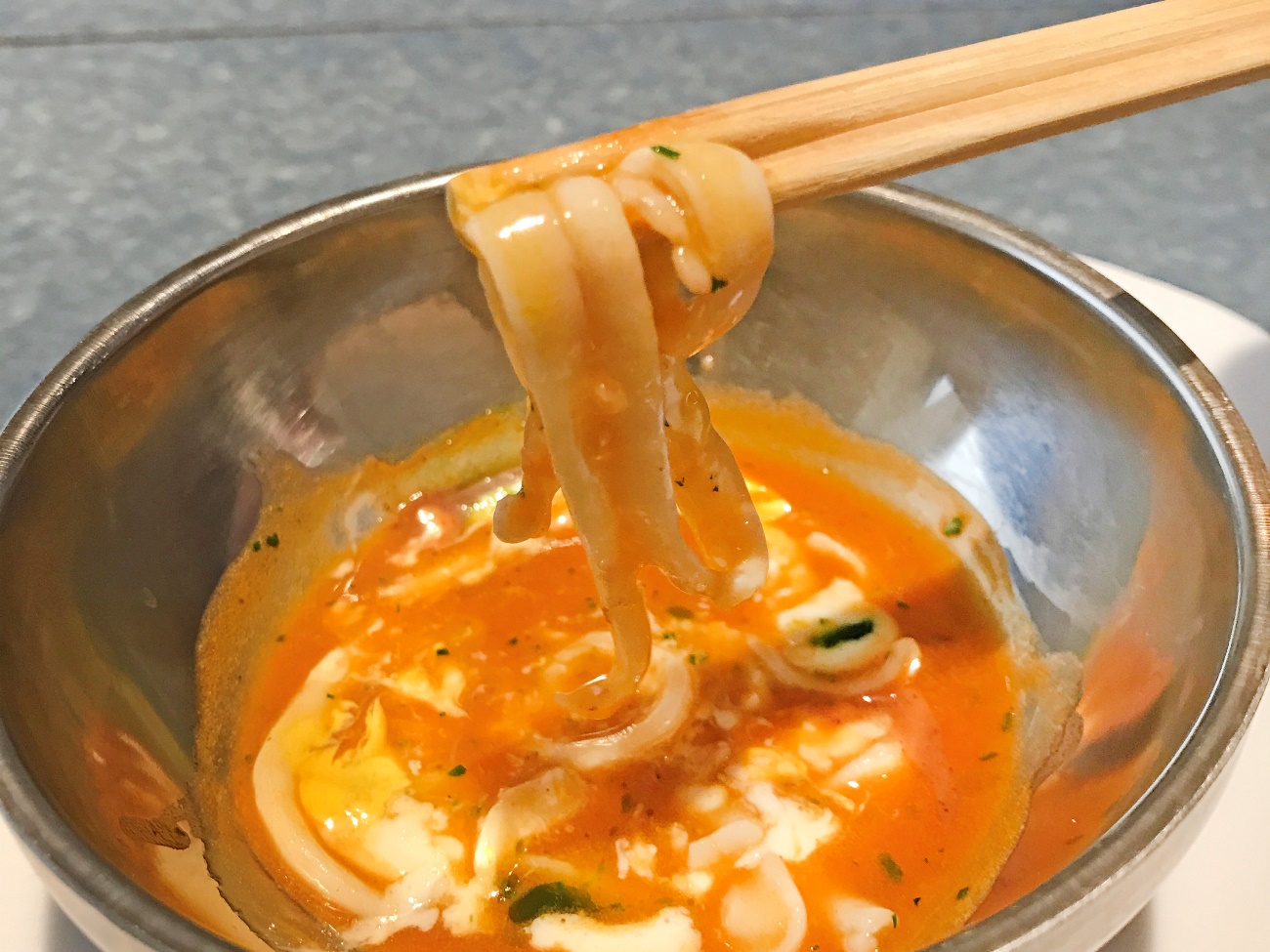
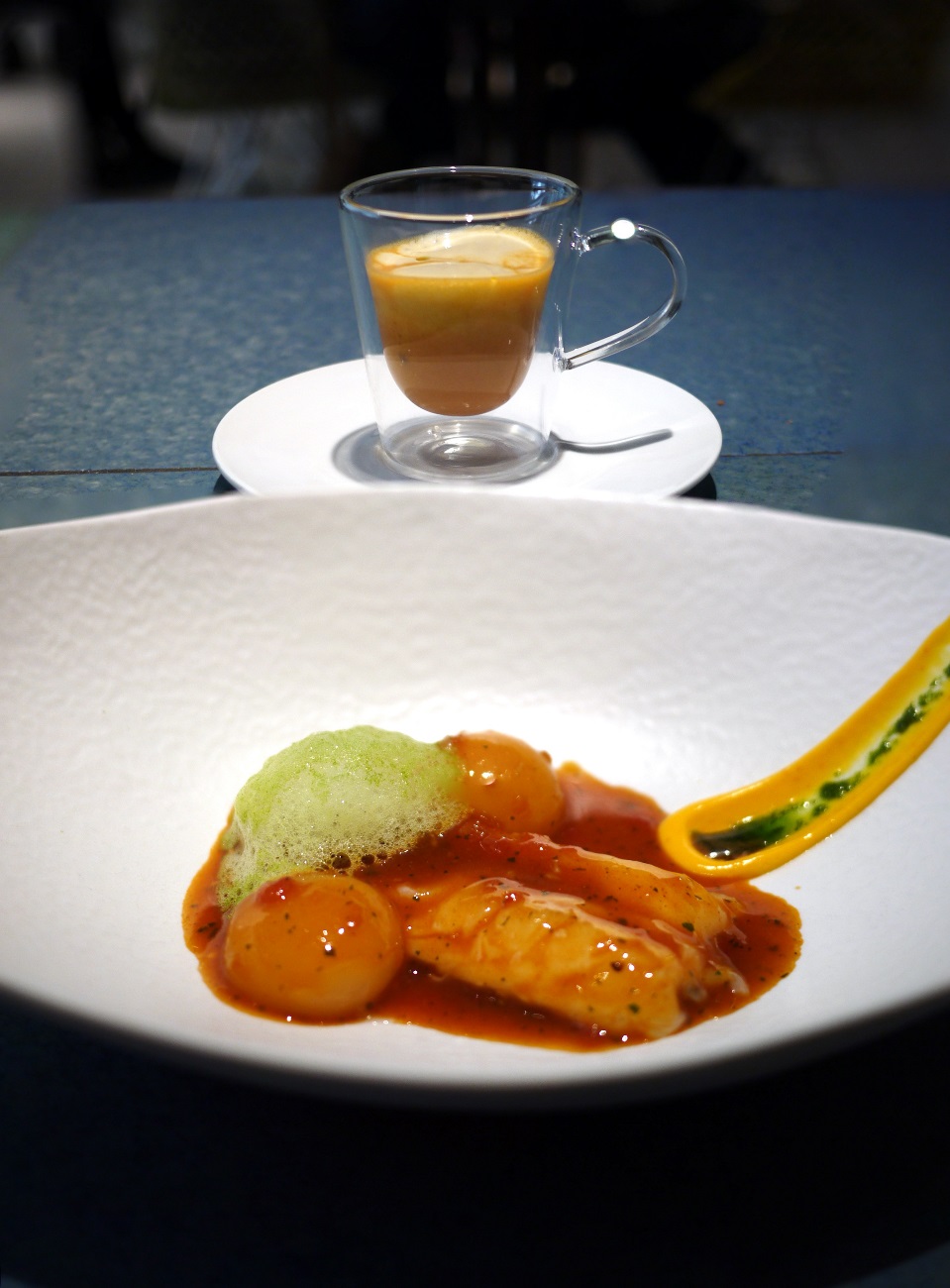

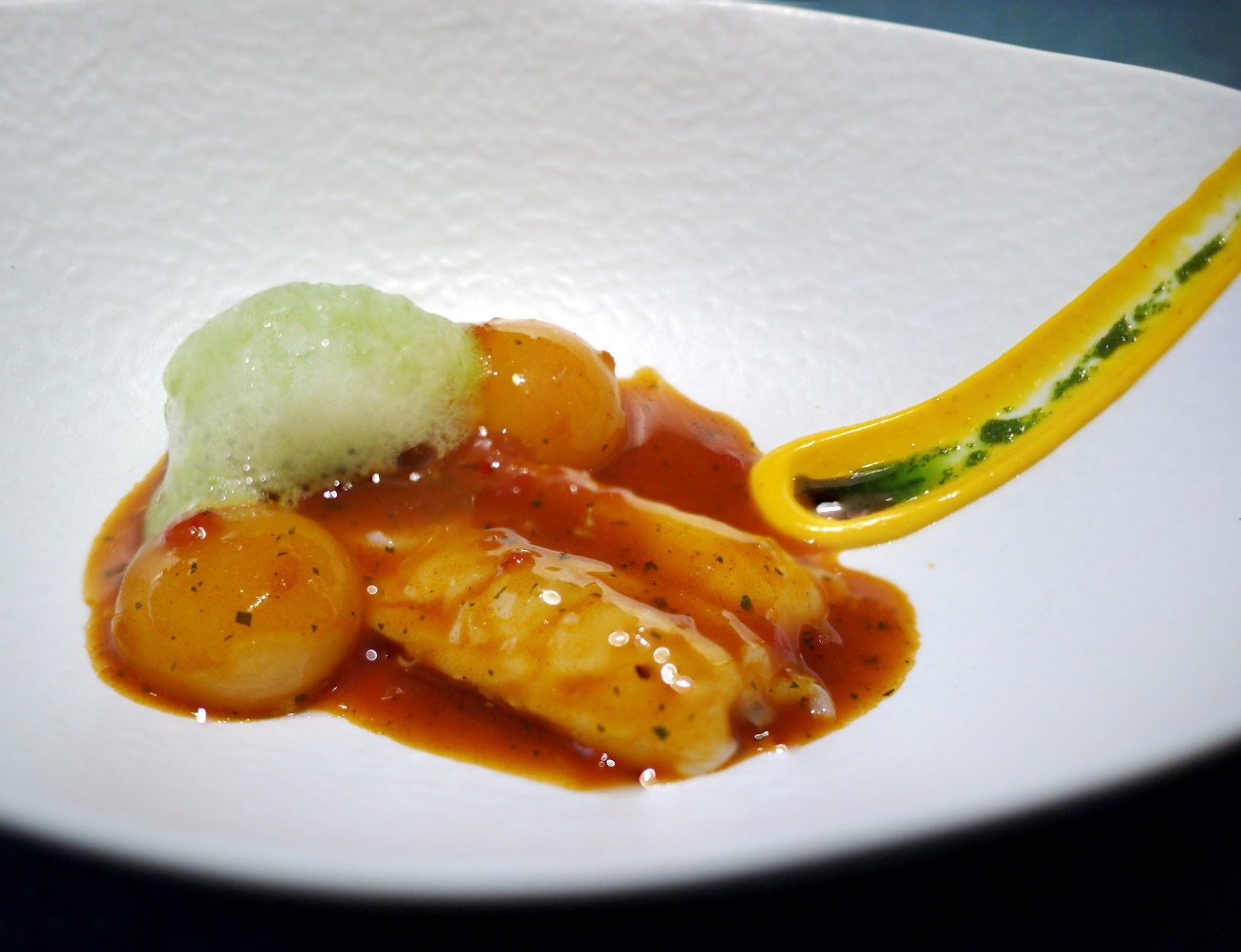
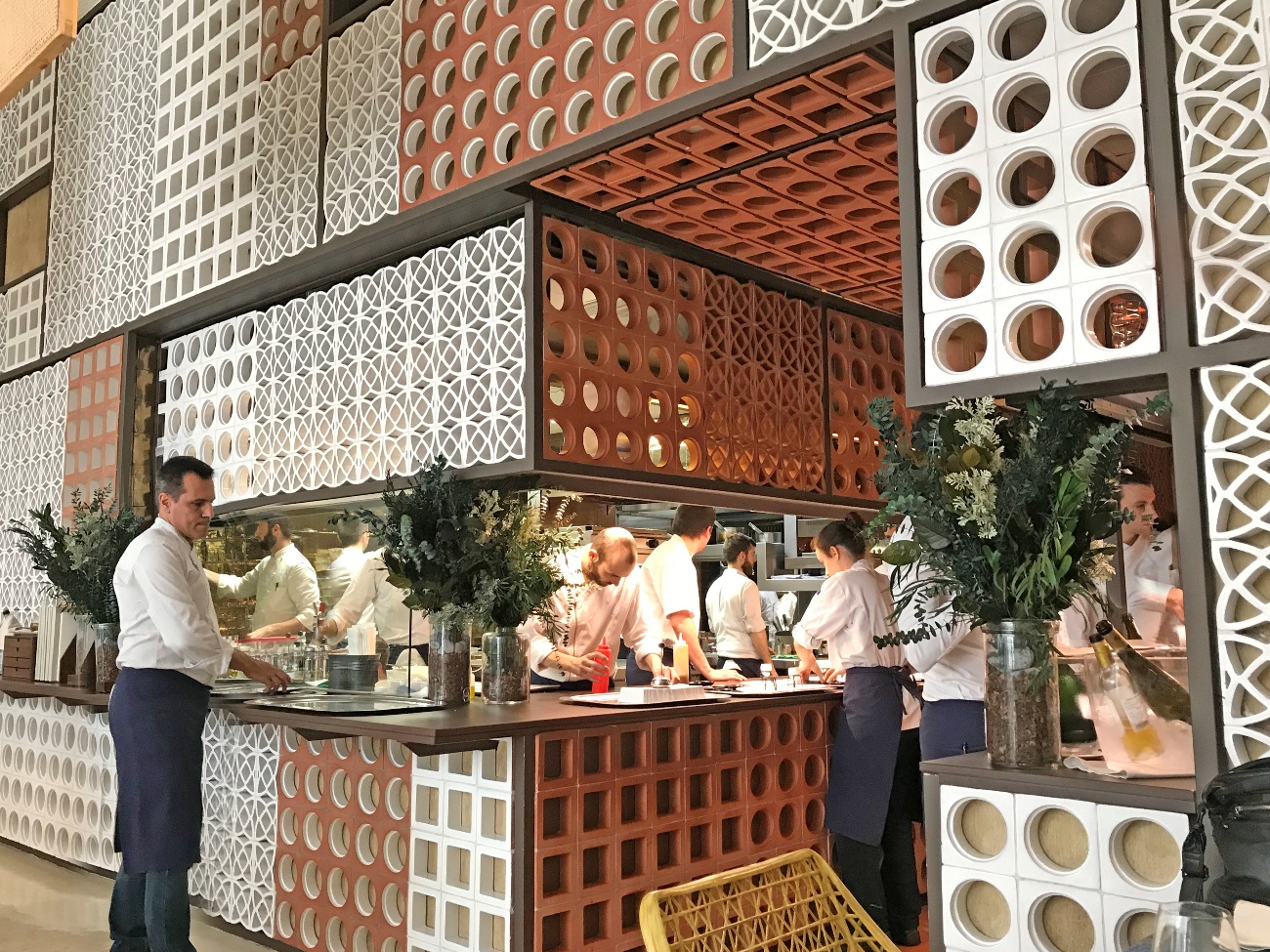
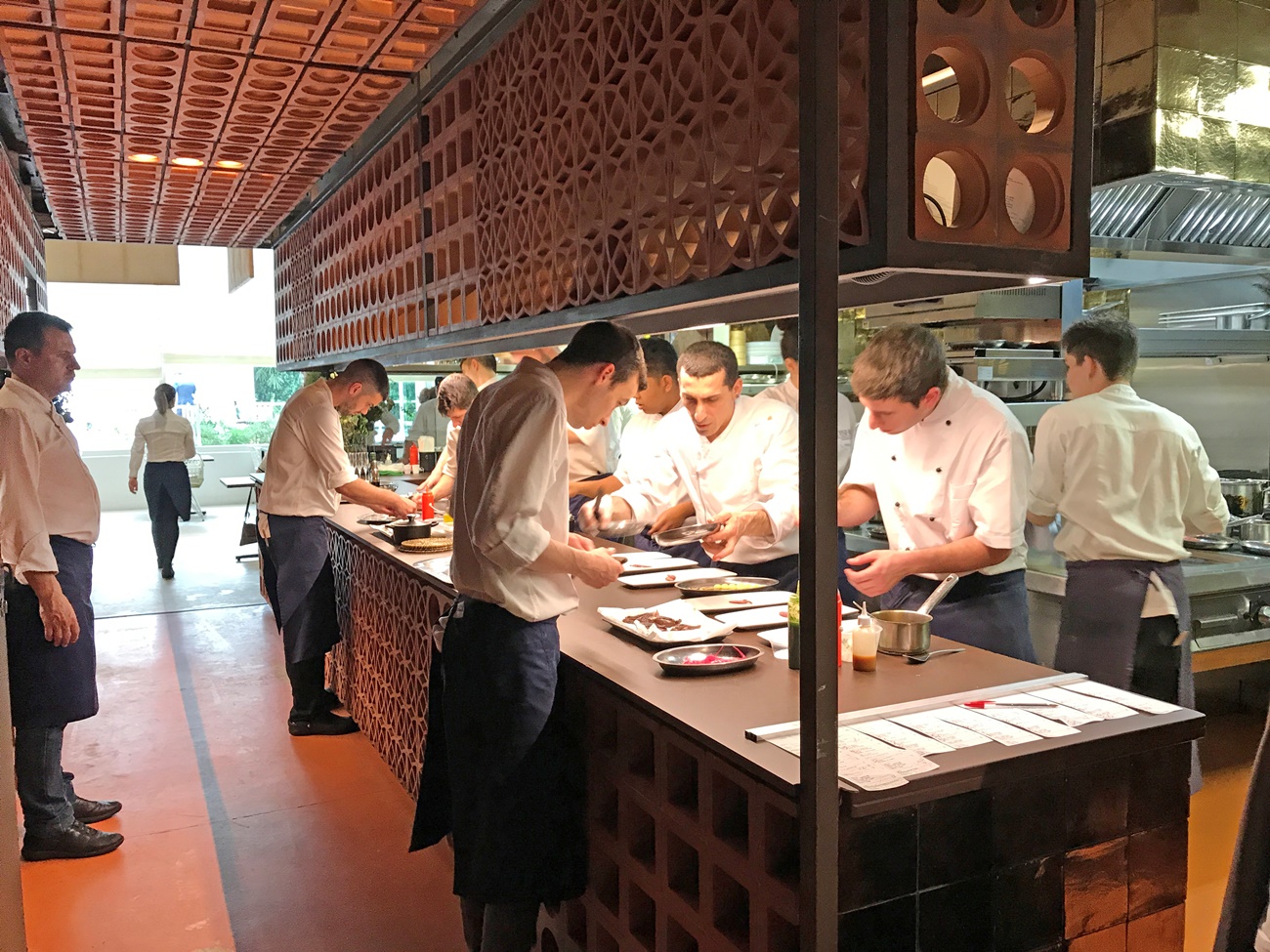
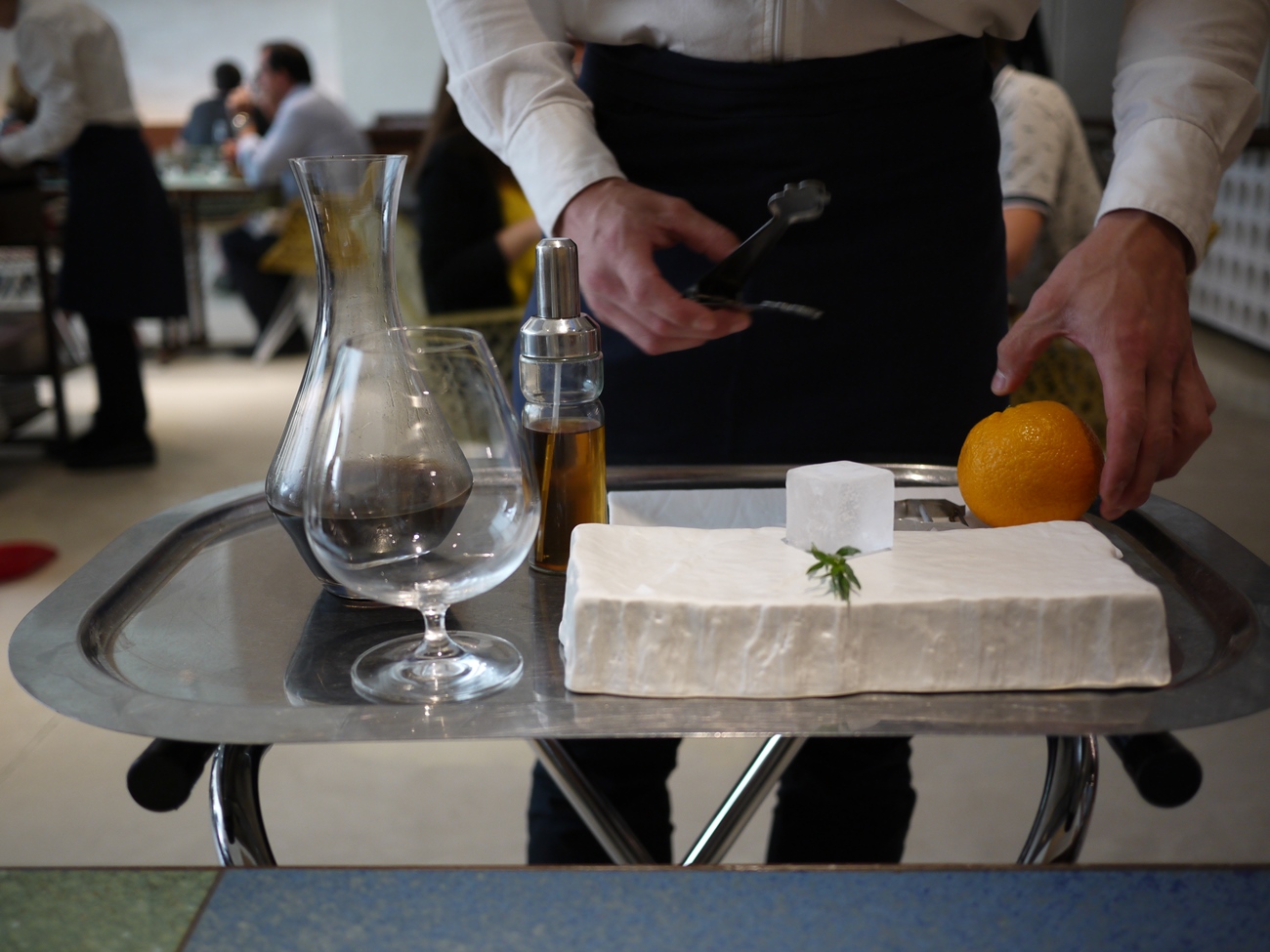
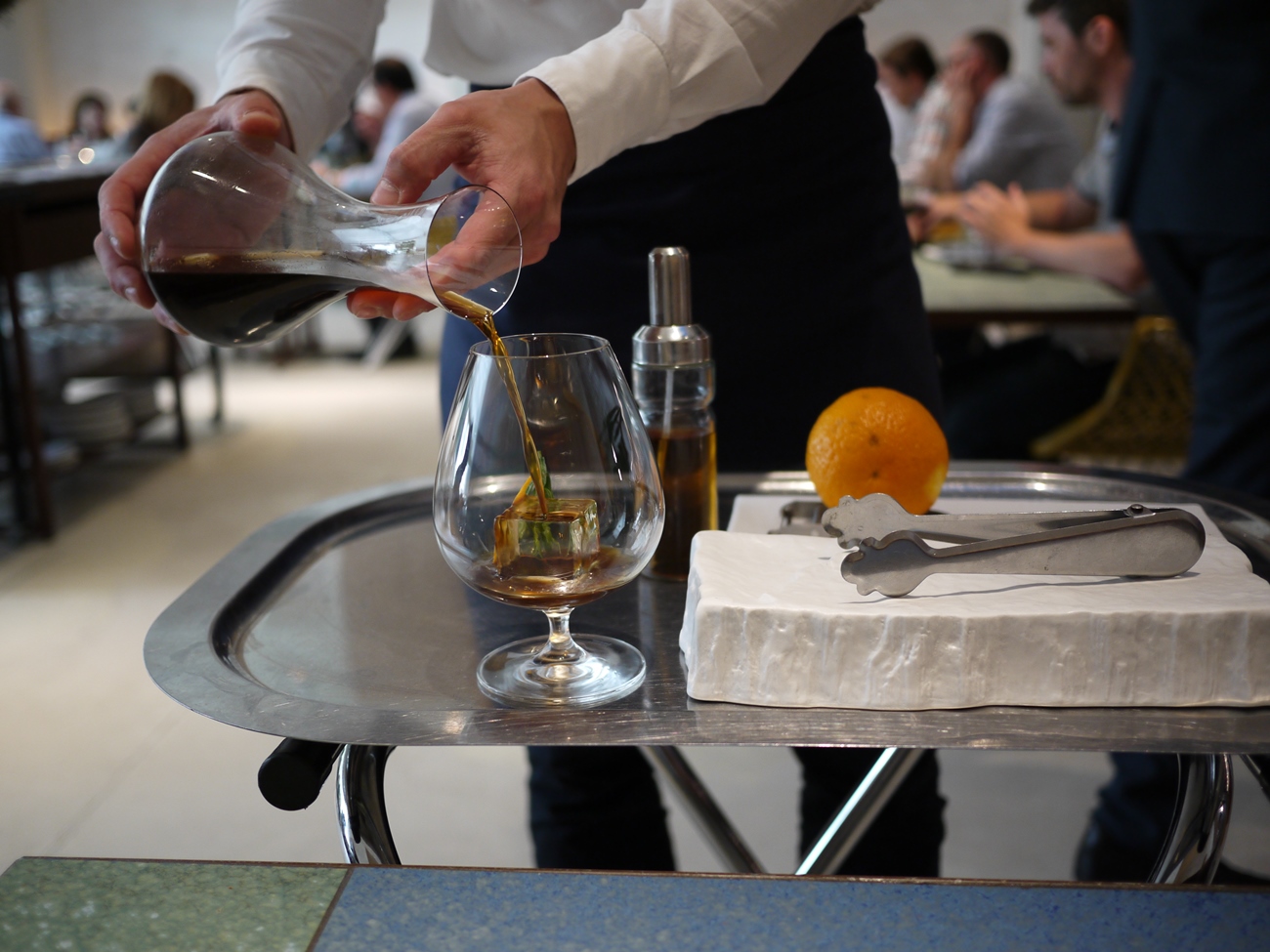
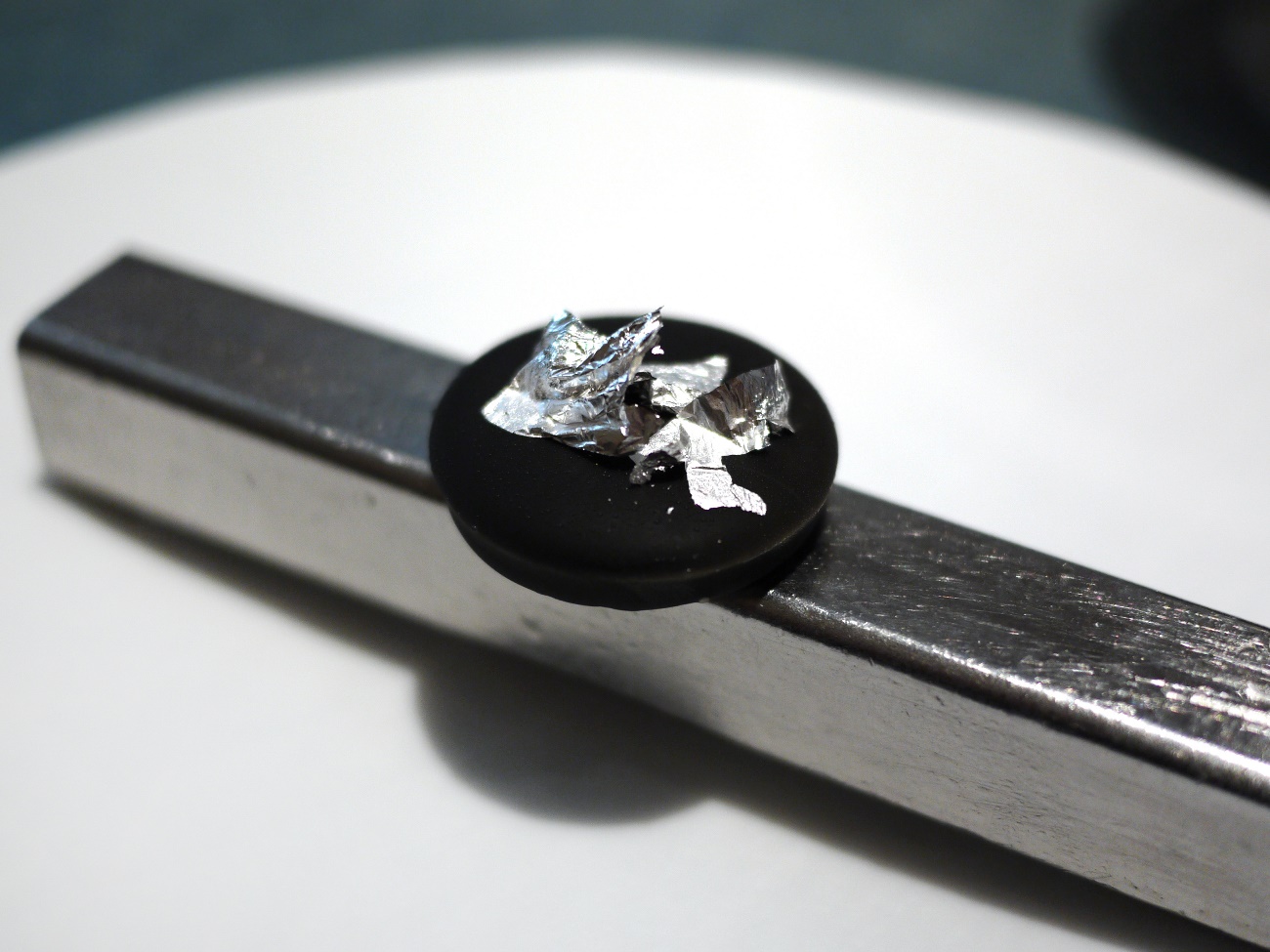
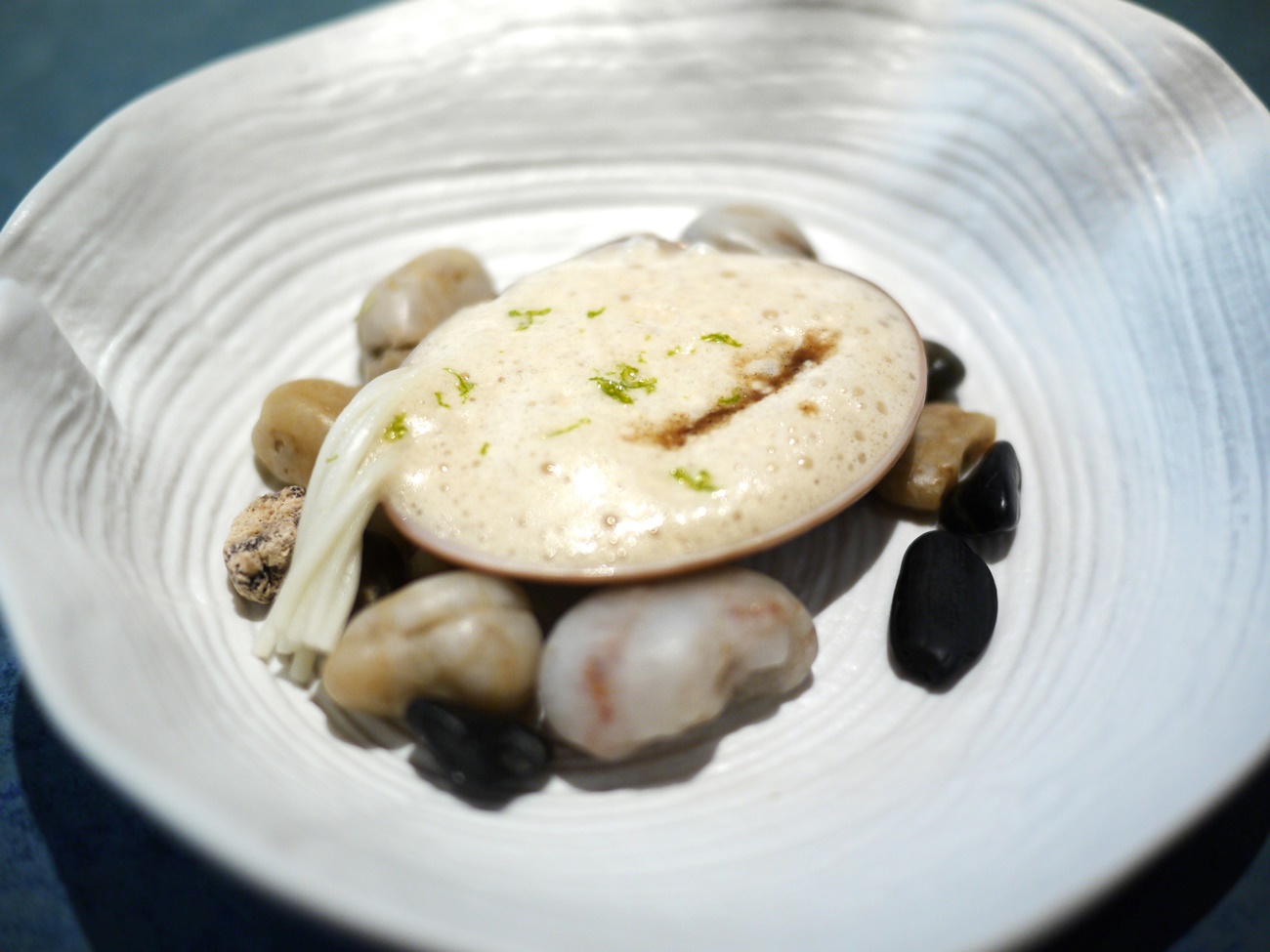
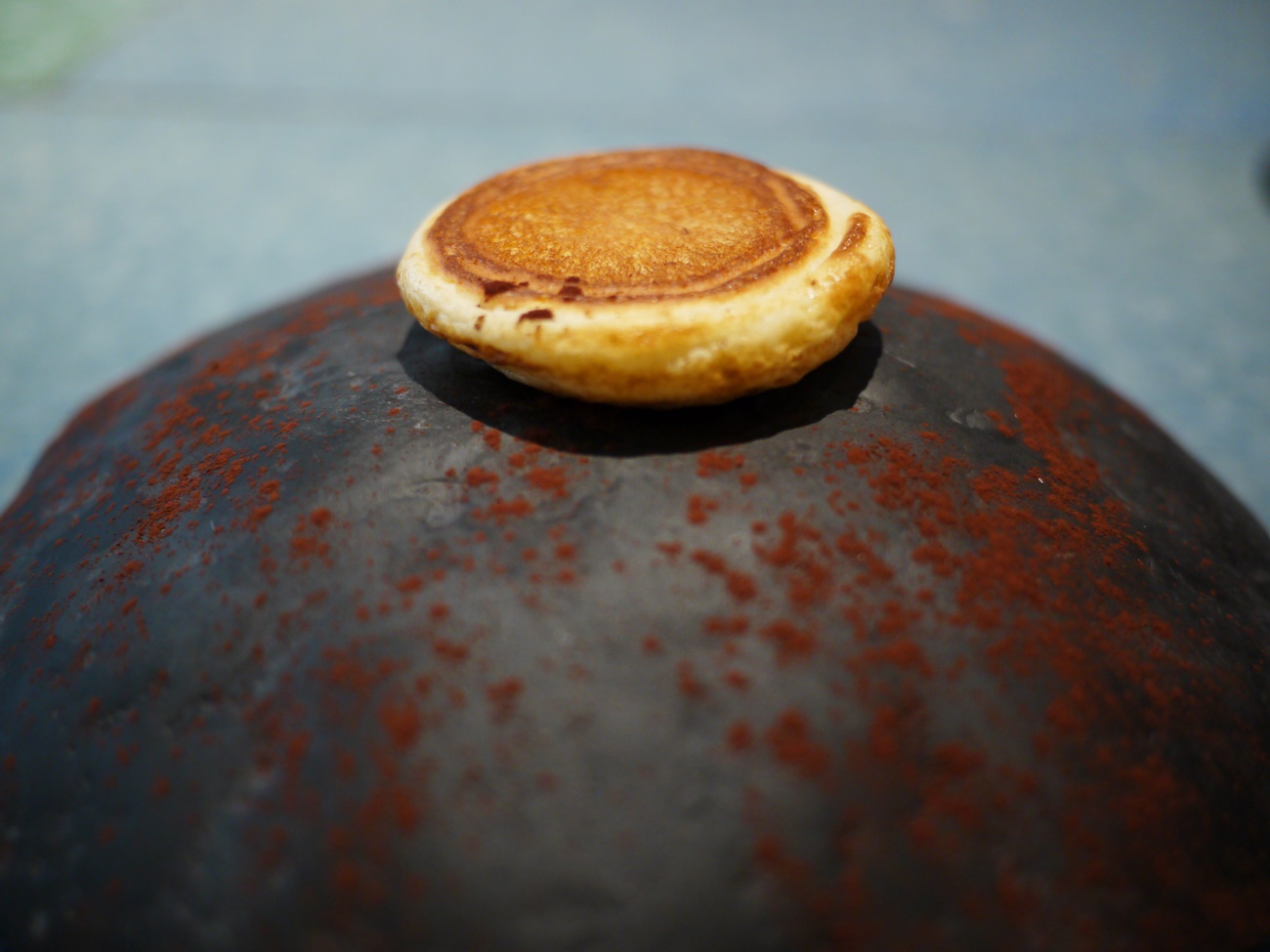
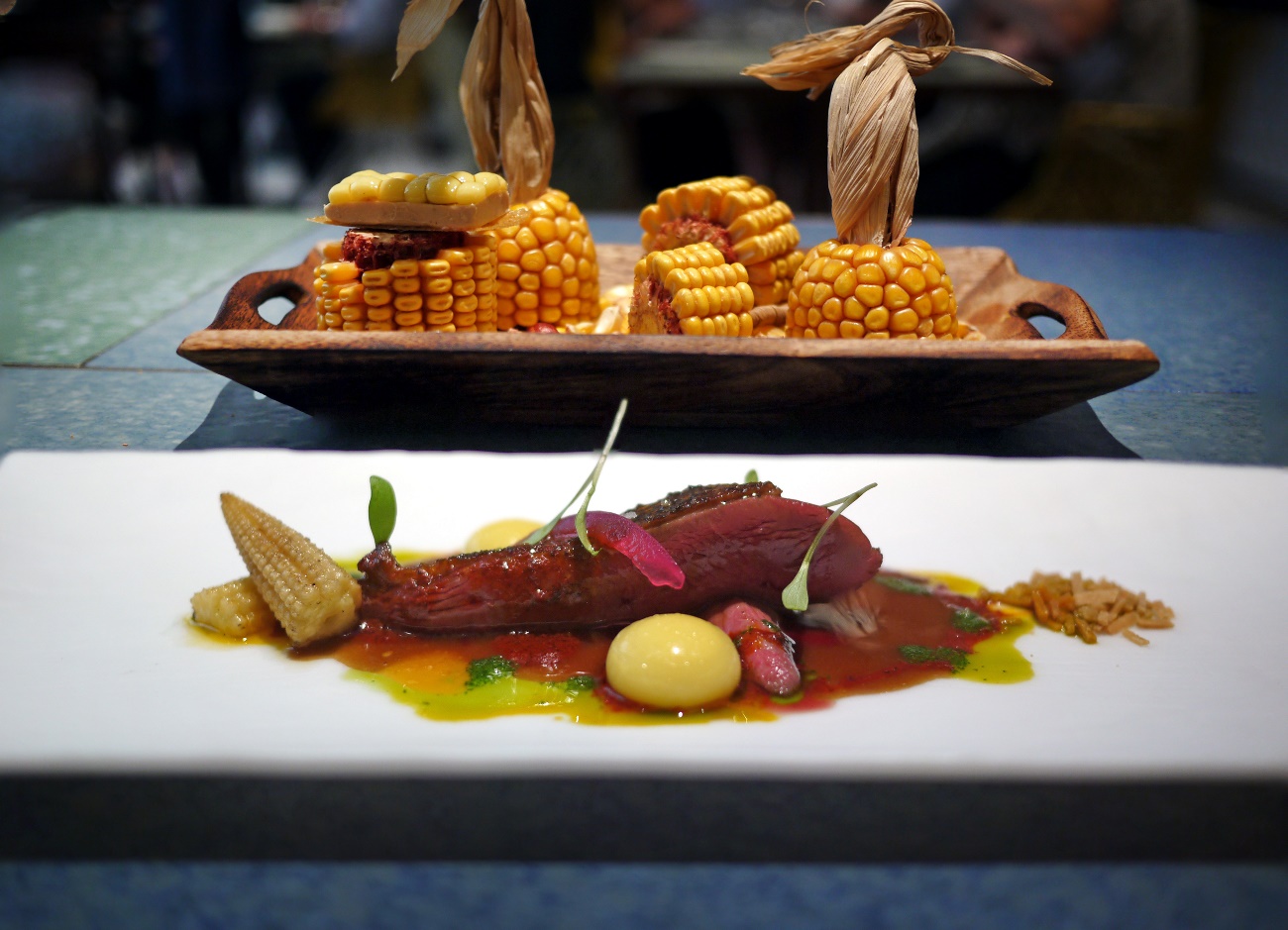
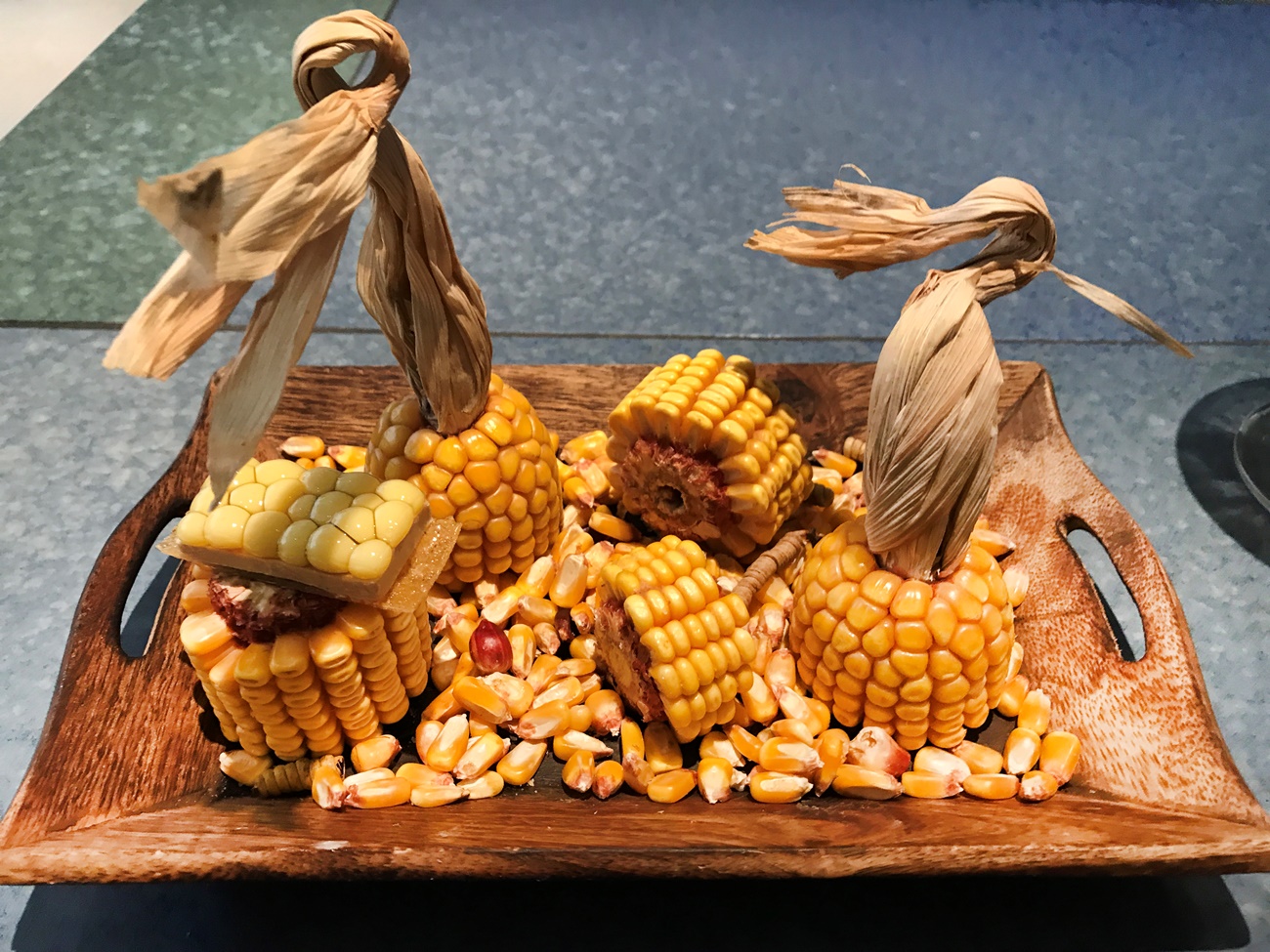
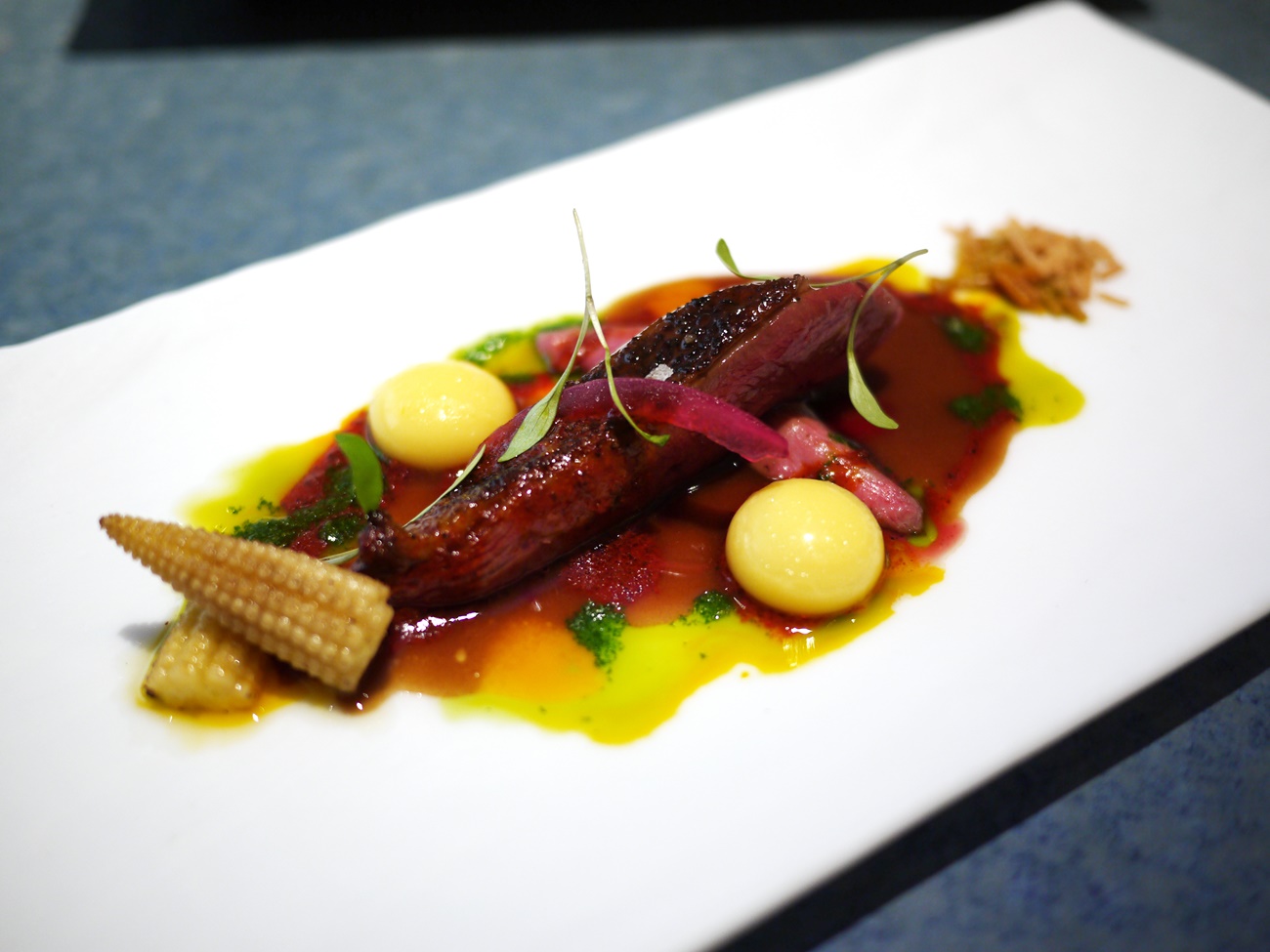
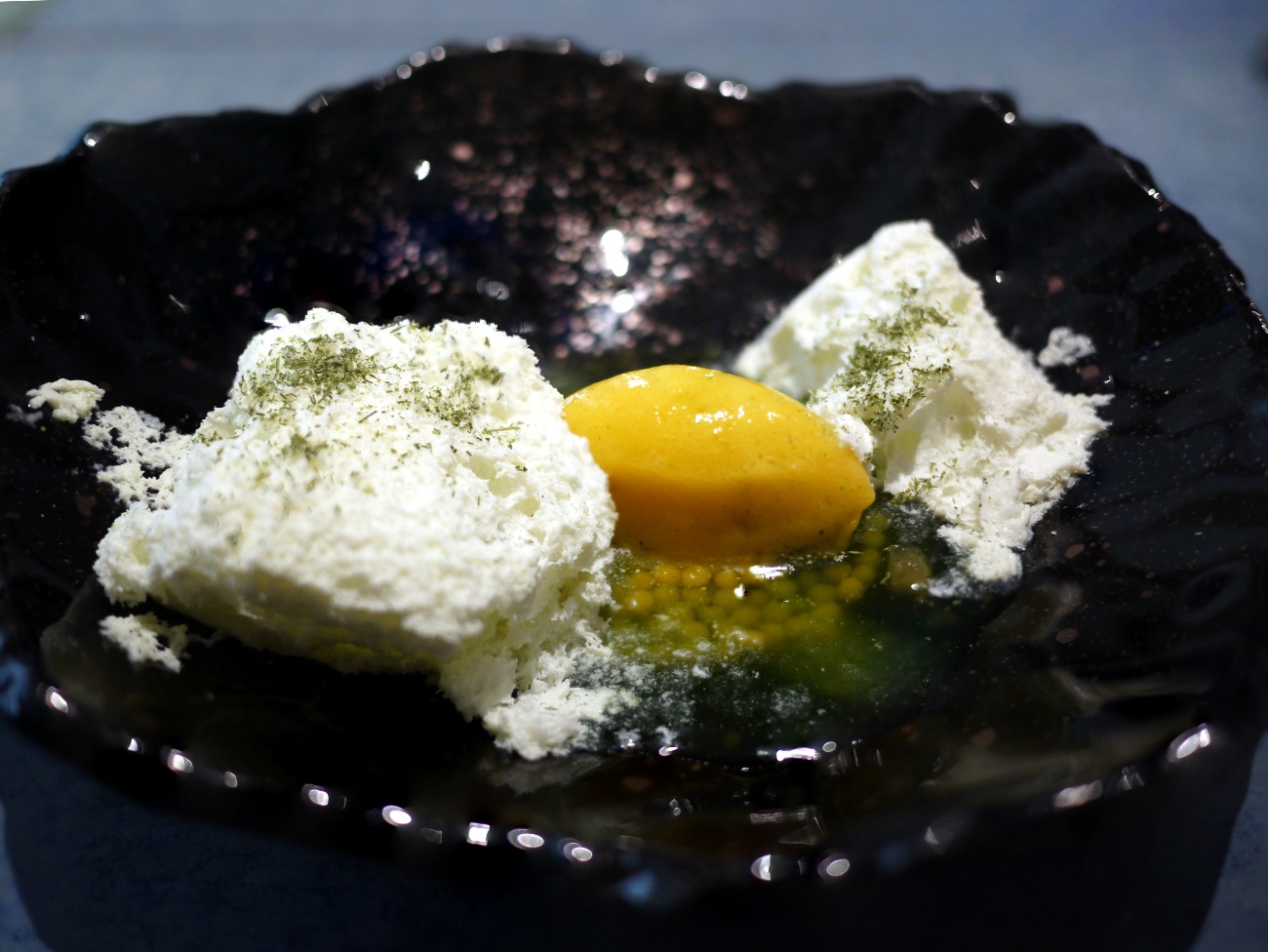
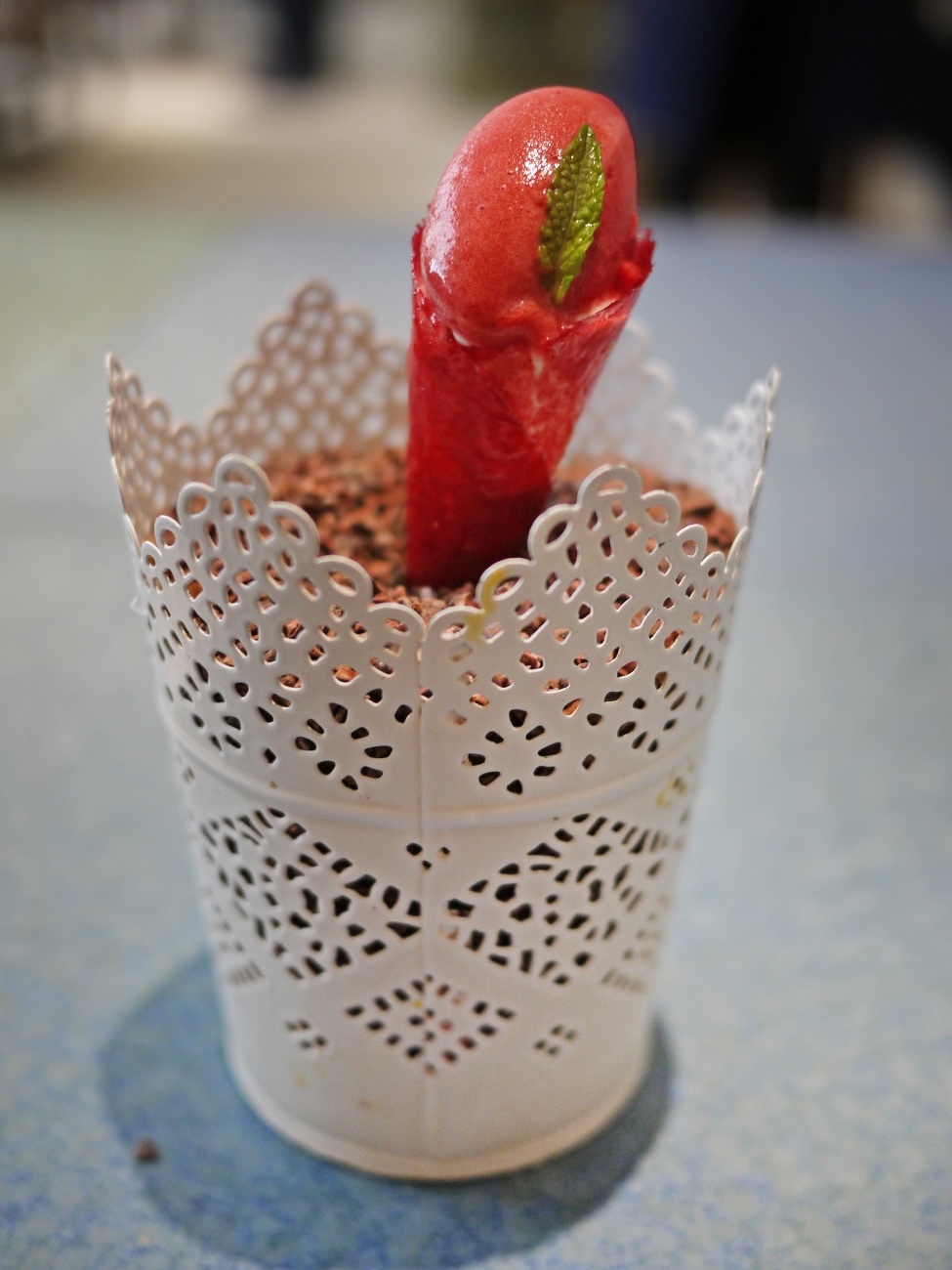
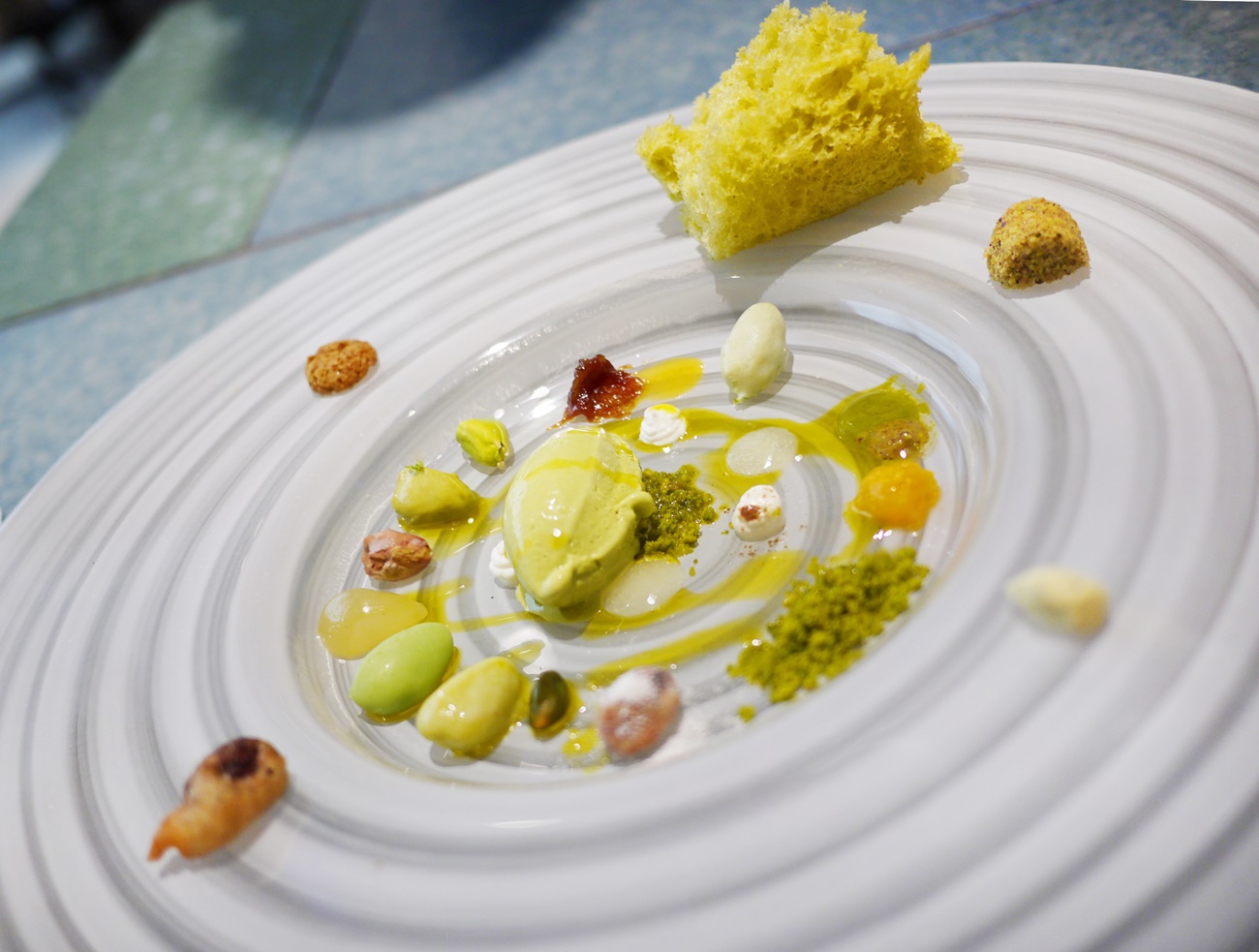
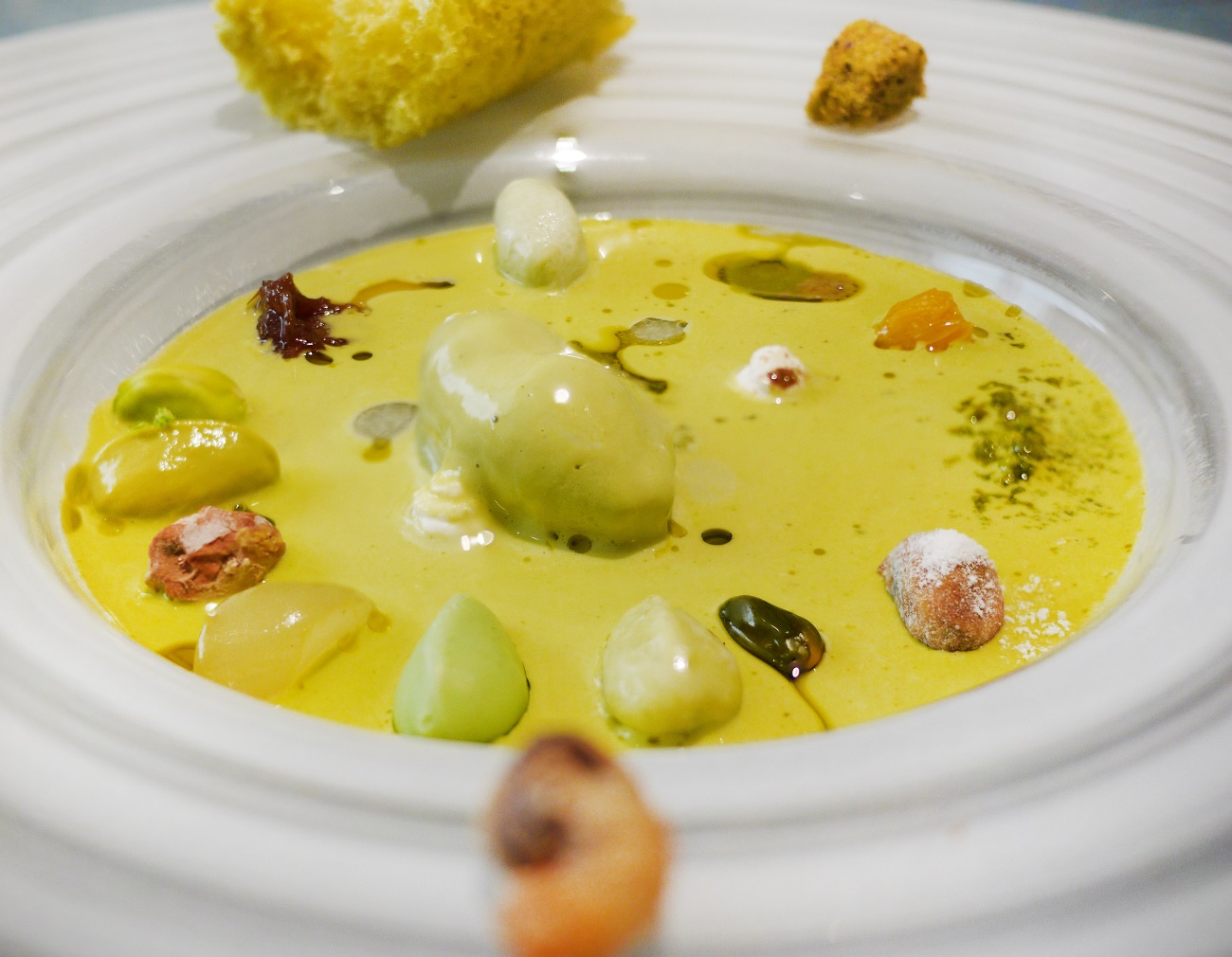
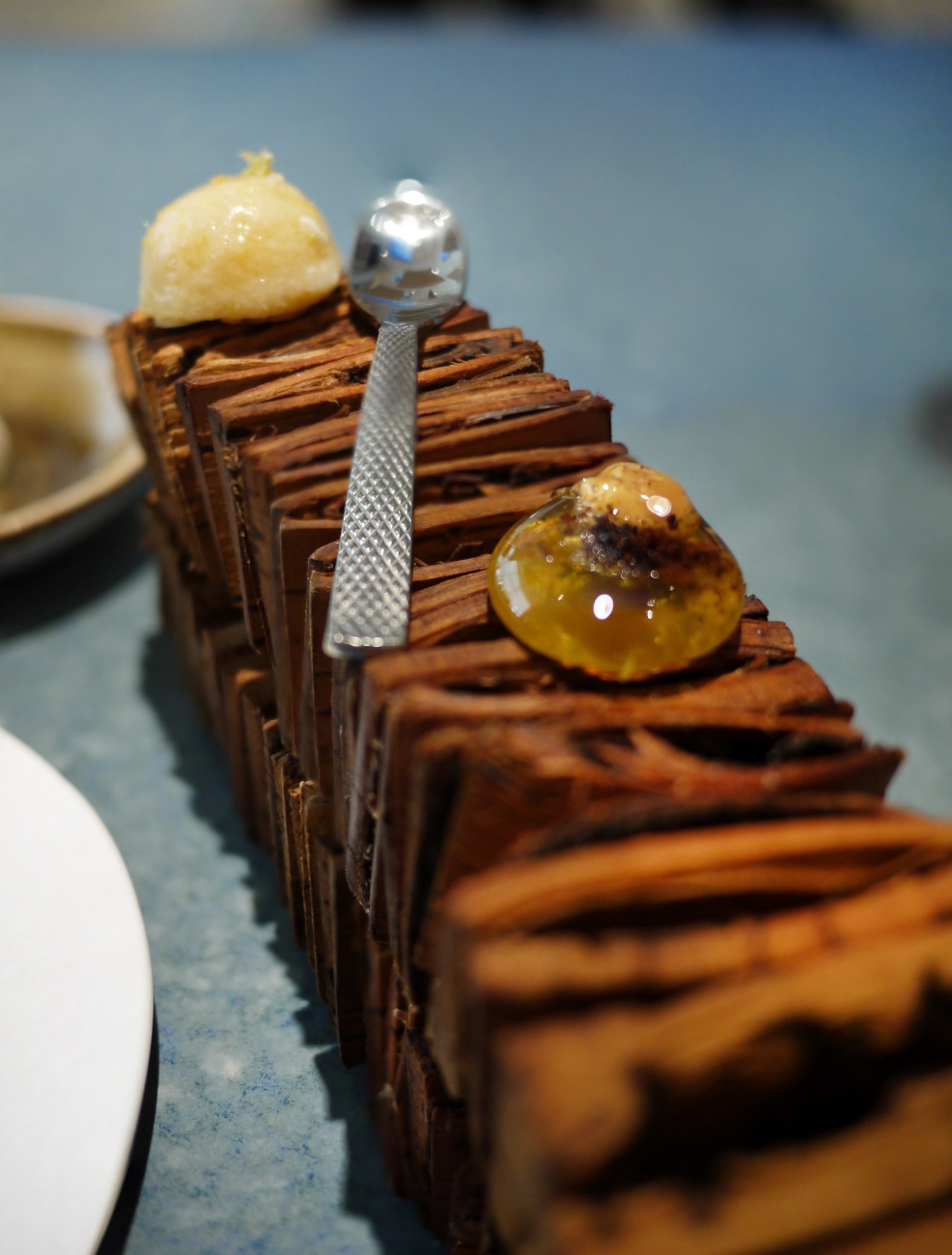
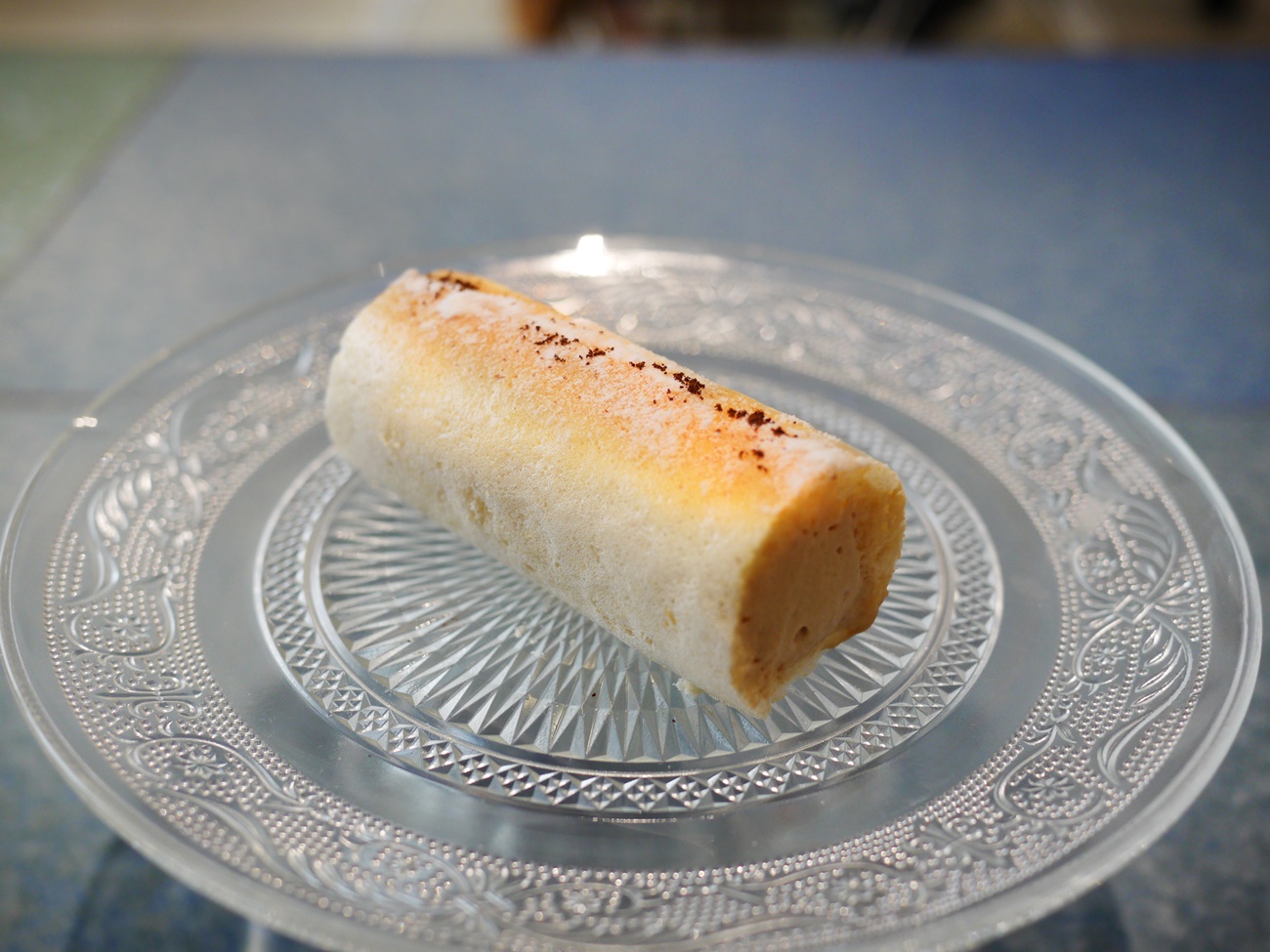
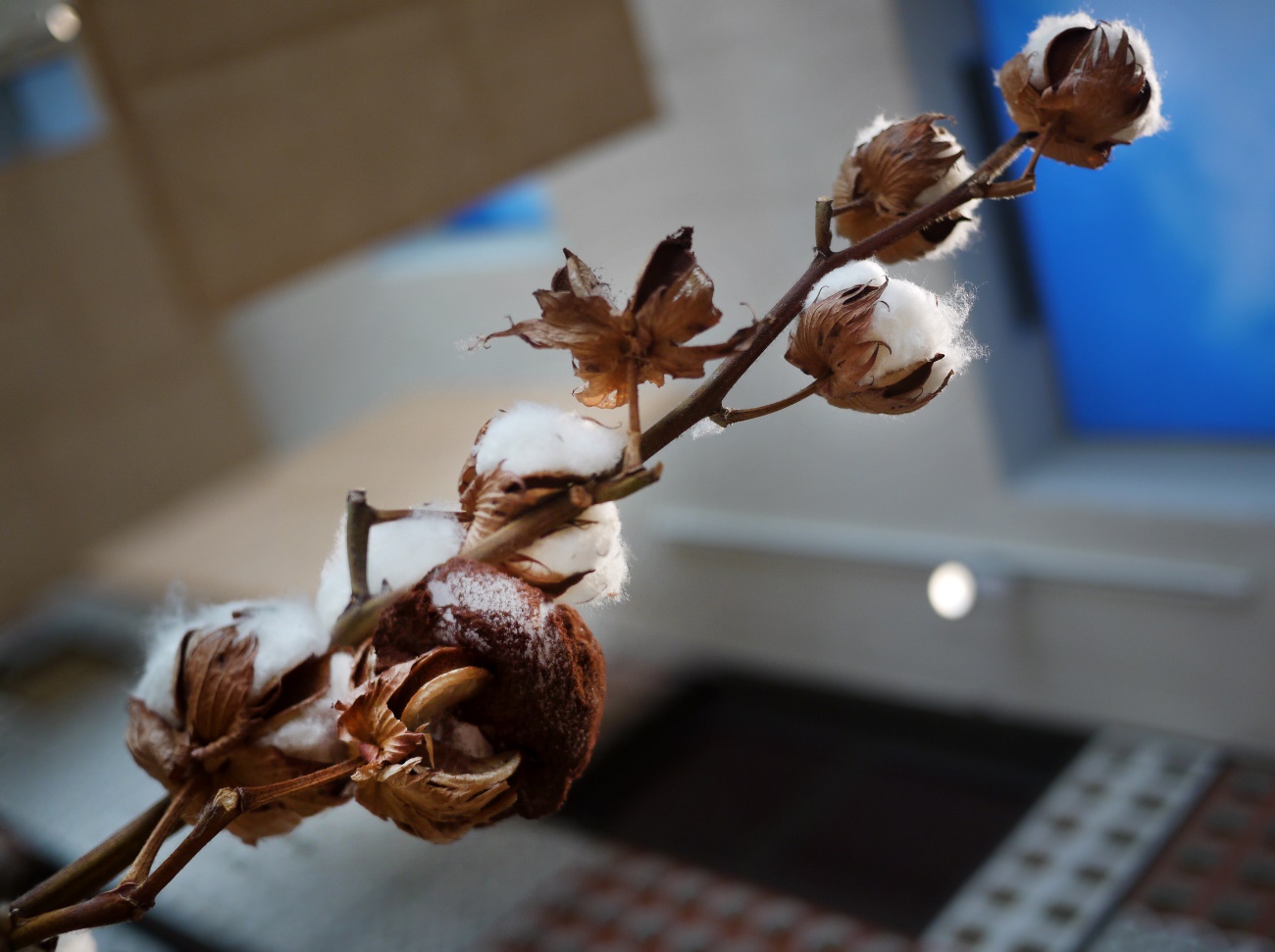
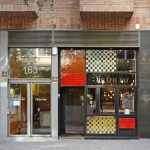
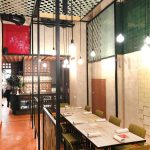
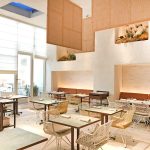

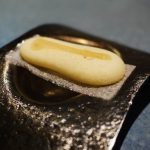
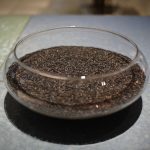
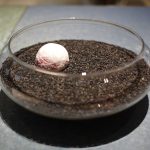
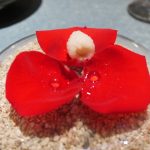

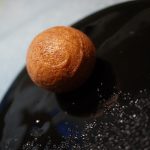
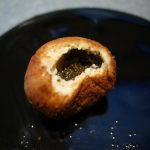

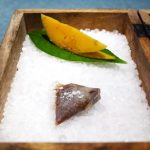
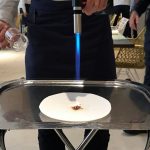
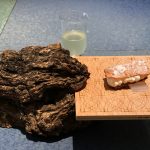
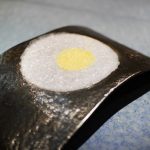
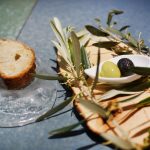
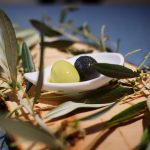
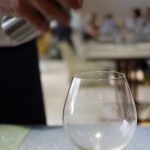
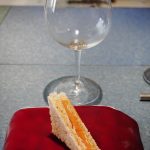
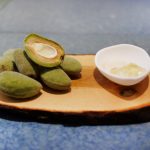

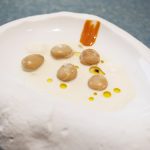
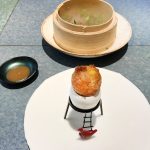
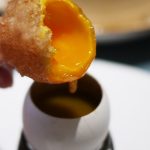
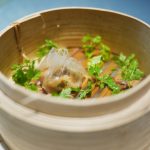
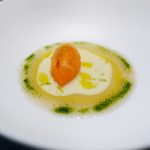
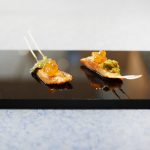
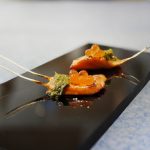
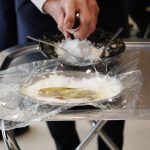
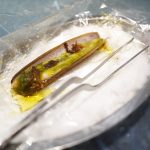
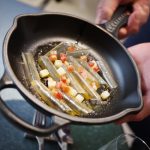
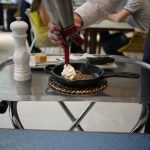
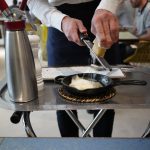
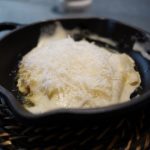
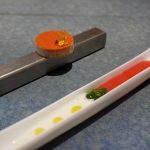
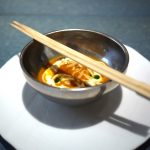
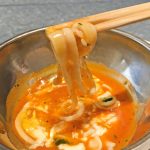
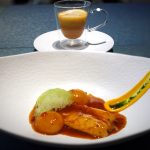
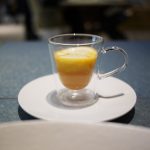
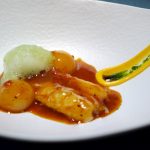
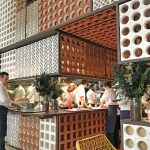
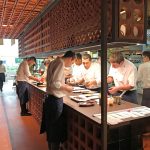
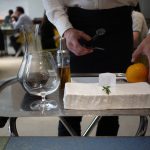
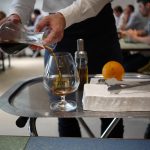
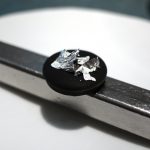
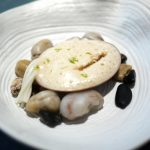
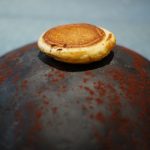
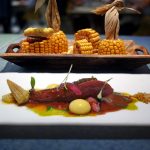
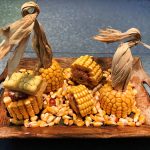
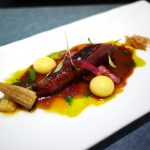
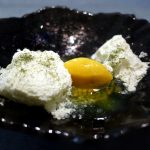
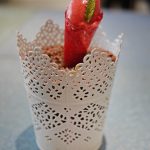
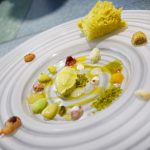
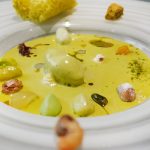
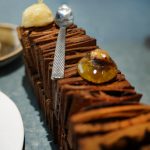
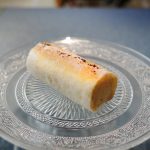
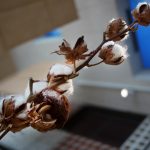
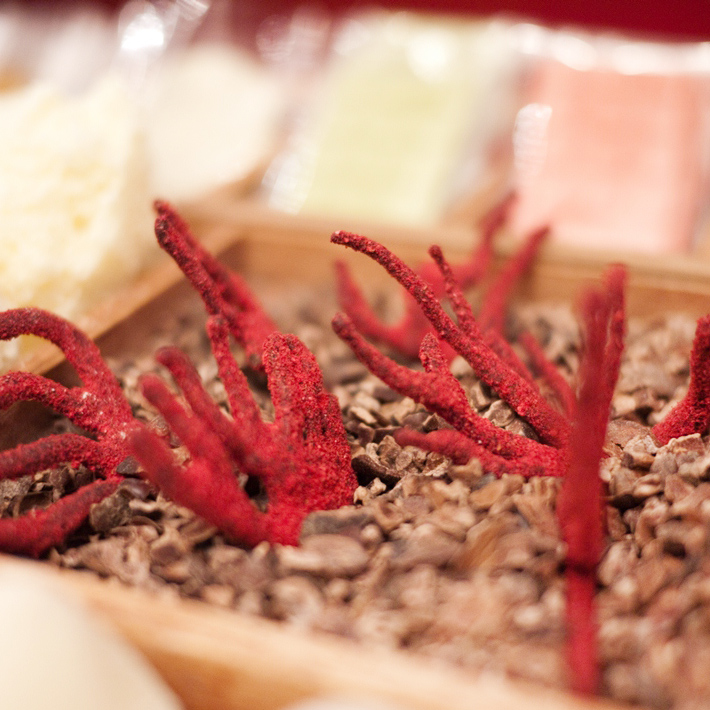
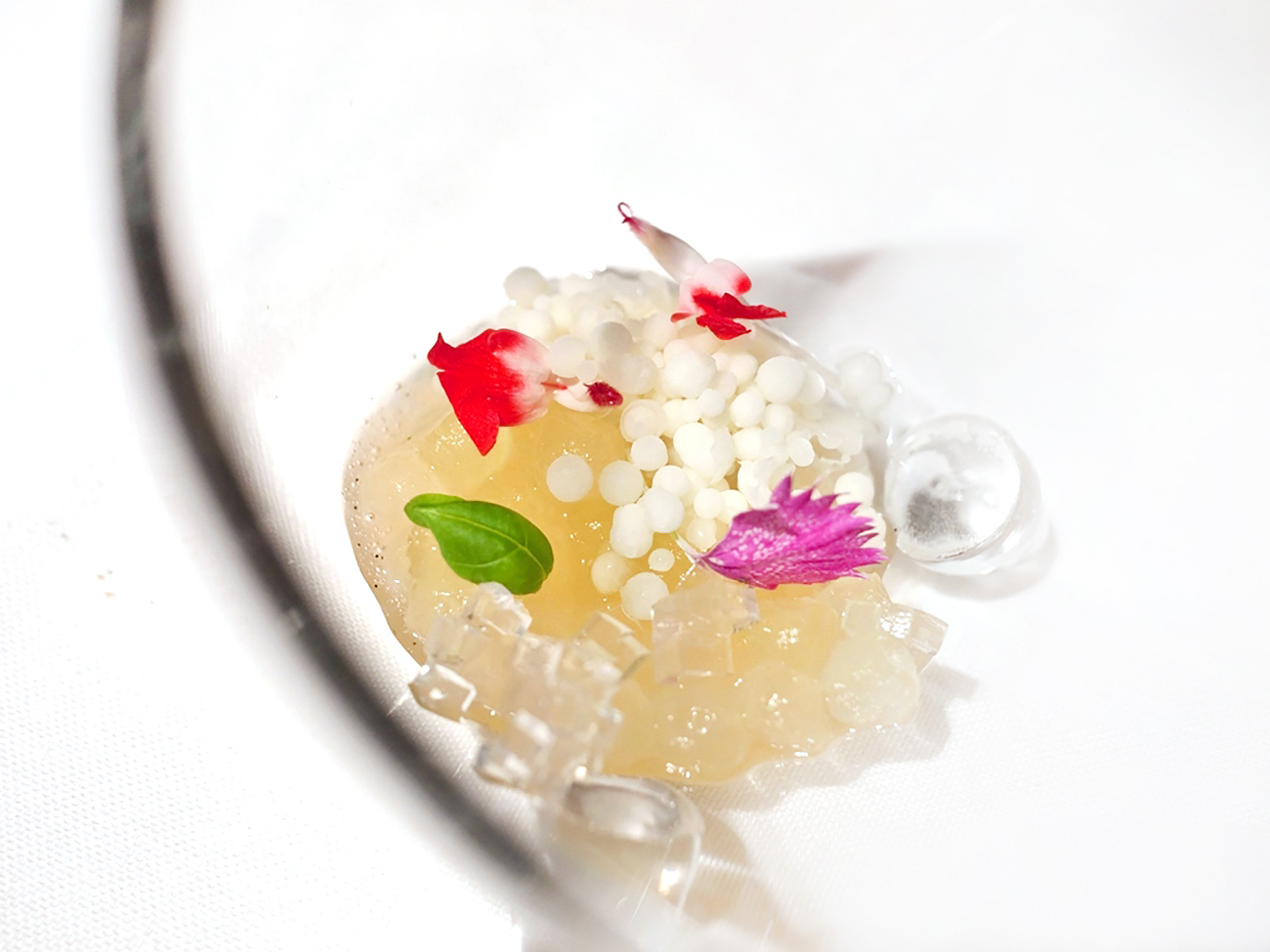
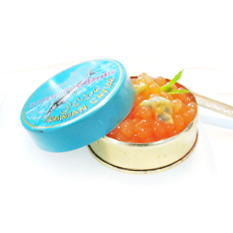

Vinod Keshav (London)
Great experience, but not as impressed. Went two nights in a row to make sure too. Enigma on the other hand was in a class of its own!!
Steve Koh (Los Angeles)
Totally agree. Have had the honor of dining at Disfrutar twice and in meal was stunning.